From the ashes of war to the aspiration to reach a new era
50 years ago, the Vietnamese people wrote a heroic page in history with the great victory of Spring 1975. It was a triumph of patriotism, indomitable will, aspiration for independence and national unification, and a united country.
Half a century has passed, the country has continuously risen strongly, from the ashes of war to great strides on the world map. To better depict these miracles, Dan Tri newspaper organized a discussion with the theme "50 Years of Unification - Aspiration to Rise" , as a bridge connecting the past, present and future, to look back on the past, pay tribute to the great contributions and arouse the desire for strong development for the journey ahead.
The Dan Tri newspaper discussion was attended by Mr. Pham Chanh Truc, former Deputy Head of the Central Economic Commission, former Standing Deputy Secretary of the Ho Chi Minh City Party Committee; Mr. Pham Quang Vinh, former Deputy Minister of Foreign Affairs , former Vietnamese Ambassador to the US; Dr. Nguyen Huu Nguyen, Vietnam Urban Planning and Development Association, national strategy and policy researcher, former analyst of the Southern Economic Research Center; economic expert Pham Chi Lan, former Vice President of the Vietnam Chamber of Commerce and Industry.
April Memories
Mr. Pham Chanh Truc was a revolutionary since his youth, active in the heart of Saigon during the war years, and was the first Secretary of the City Youth Union. When peace came and the country was unified, he was one of the people who actively contributed to laying the foundation for building a renewed and developed city. As both an insider and a living witness to the historic moment of April 30, 1975, could you share with Dan Tri readers about the special moment of April 30, 1975?
- On April 30, 1975, in a jubilant revolutionary atmosphere, people poured into the streets, crowded the alleys in Saigon city when the liberation army, main force troops and tanks entered the Independence Palace (now the Reunification Hall). We won a glorious and complete victory, the city was bloodless. The people were very excited.
Mr. Pham Chanh Truc and Dr. Nguyen Huu Nguyen in a discussion at the Ho Chi Minh City bridge.
However, the risk of famine and unemployment seriously threatened the city. The City Party Committee at that time immediately directed famine relief for the people. Initially, we destroyed the rice, military supplies, and food warehouses of the old regime's government and army, but we could only relieve hunger for a short time. At that time, the countryside was plowed by bombs and bullets, and people could not restore production.
The famine became so severe that in Saigon, despite being located near the rice granary of the Mekong Delta, people had to eat corn, cassava, and sweet potatoes. At the same time, unemployment made famine relief even more difficult.
The City Party Committee issued a policy to organize the Youth Volunteer Force, sending ten thousand troops to reclaim land and produce food.
Dear Dr. Nguyen Huu Nguyen, 50 years ago, you directly fought in the inner city of Saigon during a historic moment. Could you share about the scene, the atmosphere, and the activities of you and your comrades in Saigon on April 30, 1975?
- My feelings about April 30, 1975 are certainly similar to those of many of my comrades. I am a generation of Hanoi students, doing military service, setting foot on Truong Son at the end of 1965 and entering Ho Chi Minh City at noon on April 30, 1975. My impression of Saigon at that time was the scale of traffic, housing and infrastructure.
Ms. Pham Chi Lan, looking back at the historic moment in 1975 when the country was unified, how do you feel?
- My greatest feeling at that time was joy, because from now on, we have peace. The Vietnamese people do not have to shed blood anymore, it is time to join hands to build the country.
In the economic field, knowing that Saigon was intact and not destroyed, even in its final days, I felt very happy. This was an opportunity for the country after reunification, for the North and the South to join hands to develop.
Economist Pham Chi Lan, former Vice President of Vietnam Chamber of Commerce and Industry.
And Mr. Pham Quang Vinh, can you share your feelings about the historic moment of April 30, 1975?
- I live in the North, the first thing I felt was the end of the war, peace, no more bombs. I felt like I was moving out of the old time full of difficulties and hardships, and waiting for something very big in the future.
I have a special memory of this occasion. In 1975, I registered for the entrance exam to the Polytechnic University with my love for natural sciences. But right at the time of national reunification, the Party, Government and State decided to expand foreign relations. The Ministry of Foreign Affairs and the University of Foreign Affairs reviewed the application and my name was on that list.
I have been working in this industry for 38 years now. I became a diplomat as a career choice. If there had been no April 30, 1975 events, no peace, no national reunification and no expansion of foreign relations, I would probably have become an engineer.
Only after entering the foreign affairs sector did I see clearly the magnitude of the victory of April 30, 1975. It was not only the story of Vietnam, but also had a great influence on the world situation. Our struggle and victory were like a new era, opening up a new atmosphere, from the story of national liberation to the re-examination of world trends and order.
Mr. Pham Quang Vinh, after reunification, our country faced many difficulties in international relations due to diplomatic isolation. So at that time, how did Vietnam maintain relations with international partners? And in the context of being surrounded by embargoes and post-war issues, with many difficulties, in your opinion, what helped the country maintain confidence to move forward?
- We need to mention two stories. First, Vietnam's victory created a huge ripple effect in the community of nations around the world. A heroic, just, and resilient Vietnam overcoming the war to win, has truly had a strong ripple effect.
The second story is that after 1975, we began a series of activities to expand foreign relations, including the first steps to resume relations with countries in the region, especially Southeast Asian countries, which had been polarized.
I think the key to breaking the siege and expanding foreign relations has two stories.
One is to always be consistent with Vietnam's justice, in accordance with international law. Second, in this world, there are still many people who understand and support Vietnam's justice. Those who understand this justice are not only in the political world but also in civil society and international organizations.
All these stories help us realize that to expand foreign relations, we need to take firm steps, have steadfast faith, and most importantly, always be consistent with justice. We need to convince the people and governments of countries around the world, and at the same time, we ourselves must become increasingly stronger.
I feel like I'm moving out of the old, difficult, and arduous times, and looking forward to something big in the future.
Mr. Pham Quang Vinh, former Deputy Minister of Foreign Affairs, former Vietnamese Ambassador to the United States
From April 30, 1975 to 1985, our country faced many challenges when the economy was centralized and mainly self-sufficient. Looking back at this period and the progress today, Ms. Pham Chi Lan, what experiences do we have?
- After 1975, our country fell into an extremely difficult situation, on the one hand, there were extremely severe consequences of war in both regions, war devastation, Agent Orange, and old resistance zones were plowed by bombs and bullets.
The entire transport infrastructure between the North and the South was severely damaged, from roads to railways, almost unusable.
Even though the two regions could complement each other economically, the transportation conditions at that time did not allow it. Electricity was also in serious shortage as power plants in the North were severely damaged, and the South also lacked input materials. Restarting the plants was very difficult.
Next came the centrally planned economic system. At that time, some economic establishments in the South were in decline and no longer operating effectively. After that, the leaders of Ho Chi Minh City soon saw the problem and gave their opinions to the Central Government. From 1979, new adjustment policies began to appear.
For the industrial and commercial enterprises in Ho Chi Minh City, we have begun to allow small business owners and traders to resume business. This force is very dynamic, they engage in economic exchanges and gradually eliminate the situation of "blocking rivers and banning markets", helping the economy to become vibrant again.
The establishments in the South were familiar with the market economy before, the people in the South were familiar with this mechanism, from farmers to business people.
Ms. Pham Chi Lan, Former Vice President of Vietnam Chamber of Commerce and Industry
We achieved success without too much difficulty thanks to the facilities in the South having been familiar with the market economy before, and the people in the South having been familiar with this mechanism, from farmers to business people.
From the economic restart, escaping the difficult situation, some countries started to do business with Vietnam again, although the embargo was still there. This is a very good story and the South's contribution and contribution is very great.
Mr. Pham Chanh Truc, during that period, Ho Chi Minh City had creative ways that were once called "breaking the fence". Could you share the ways Ho Chi Minh City did to help people overcome that difficult period and what experience did it leave for the next period?
- As we know, before that, Saigon was the industrial center of the whole South, where industrial production was concentrated. An industrial center at that time produced according to the State's plan, according to the centralized planning model.
Specifically, the State and ministries provide supplies and raw materials to factories. However, production can only be maintained for a short time, after which there are no more supplies and raw materials. The State plans and ordinances, the factories produce the corresponding amount of goods.
Therefore, factories had excess capacity, workers were unemployed and underemployed. At that time, Secretary of the Ho Chi Minh City Party Committee Vo Van Kiet and his staff, agencies, departments and branches went to each factory to survey, asking questions from directors, workshop managers, engineers, technicians to workers, to find solutions so that the factories could operate normally again.
If the former industrial center of Saigon - Gia Dinh could not restore normal production, the whole South would of course face difficulties. Therefore, the Secretary of the City Party Committee realized that the Central plan did not provide enough raw materials for factories to produce at full capacity.
Mr. Vo Van Kiet at that time discussed with the City Party Committee and proposed a solution to help factories restore production to have enough products for society, otherwise the situation would be very difficult.
The final solution is to assign people to go to the people, borrow gold and foreign currency to restore the economy and production.
Mr. Pham Chanh Truc, former Deputy Head of the Central Economic Commission, former Standing Deputy Secretary of the Ho Chi Minh City Party Committee
The City Party Committee met continuously, Secretary Vo Van Kiet discussed the final solution of assigning each other to go to the people, borrow gold, borrow foreign currency. During the resistance war, the City Party Committee was close to the people, so when the City Party Committee came to borrow, the people were ready to help.
With that initial capital, the city imported materials and supplies to the factories. This was the City Party Committee's plan to cooperate with the factories (plan B). From plan B, after depreciation and deducting the obligation costs, the products were brought to the Mekong Delta to exchange with farmers for food. Exportable products, such as rice, shrimp, and fish, were exported to earn foreign currency, re-importing materials and supplies for the factories.
After Mr. Vo Van Kiet went to Hanoi to take up a new assignment, Mr. Nguyen Van Linh returned to work as Secretary of the City Party Committee and continued to follow that direction.
From there, comrade Nguyen Van Linh summarized the way Ho Chi Minh City did things, asked for opinions, and reported to the Politburo. After the Da Lat conference (1983), Secretary Nguyen Van Linh organized for factory directors in Ho Chi Minh City to go to Da Lat to meet the Politburo to report. After that, a number of high-ranking leaders of the Party, State, and Central Committee came to the city to review the reality and the concept of innovation in thinking and finding other ways of doing things began to appear from that time.
In my opinion, innovation comes from changing the production method from centralized planning to a production method for economic sectors to participate. Therefore, Ho Chi Minh City's experience in innovating the Party's guidelines stems from the city's inherent dynamism.
Innovation and integration
When proposing the renovation policy from the 6th Congress (1986), our Party started with the renovation of economic thinking. Dear economic expert Pham Chi Lan, how did the renovation in 1986 change economic thinking and how was the role of the private economy shaped during that period?
- The 6th Congress was a historic congress, the preparation process of which began in August 1986. At that time, General Secretary Truong Chinh requested the document editing team - which had previously drafted according to the centralized economic path - to rewrite it in the spirit of a market economy.
The three people assigned to rewrite the document were Mr. Phan Dien (later a member of the Politburo), Mr. Ha Dang, and Mr. Tran Duc Nguyen. The working group completed the document in more than two months in time for Uncle Truong Chinh to review and send it to various places to prepare for the Congress in December 1986.
Mr. Pham Quang Vinh and Ms. Pham Chi Lan attended the discussion at the Hanoi end.
People enthusiastically welcomed the ideas put forward in the new document and presented at the Congress - completely different from the old model. It was an innovation in thinking, approved by the highest levels of leadership in the Party, so it spread very quickly in society.
In society, people are also beginning to see that such openness is much better than the old way of doing things during the subsidy period. When the top gives the green light to change their thinking, the people below immediately welcome and accept it.
Mr. Pham Quang Vinh, the renovation process since 1986 has had a great mark in the diplomatic field, that is the normalization of relations with the US in 1995, opening the way for international integration, reaching out to the world. What is the strategic significance of the normalization of Vietnam - US relations, and how has this process been carried out, sir?
- Perhaps we should start with the story of domestic mechanism innovation from economics, politics, social governance aspects to innovation of foreign thinking. From the 6th, 7th, and 8th Congresses, there are two extremely important points.
Firstly , it is the shift from conservative thinking to the thinking of "all are friends". There may be differences in political, social and economic institutions, but the thinking about foreign relations is to be friends. Everyone can cooperate, as long as they respect Vietnam's independence, sovereignty and interests. This change in thinking has opened up a very wide path for Vietnam to exchange and cooperate with international friends, and is also the point of breaking the previous siege.
Second , it is only domestic openness, especially in the economic field, that can lead to economic integration with the outside world. It is international economic integration that has created more development momentum for the domestic economy.
In fact, when we cooperate economically with the world, the innovation process takes place very quickly. In the late 1980s, there were clear changes in domestic laws and economic management mechanisms to catch up with the opportunity to integrate with the external market economy, creating a huge driving force.
Also in the early 1990s, Vietnam resolved its relations with countries in the Southeast Asian region and ASEAN. In July 1995, Vietnam officially joined ASEAN. The region that was once divided, suspicious and confrontational has now become an ASEAN family.
Economically, in 1994 when we accepted the ASEAN economic integration roadmap, this regional integration was the first step towards market economic integration with the world. This is a very big story.
Domestic innovation has created momentum for innovation in foreign policy thinking, while creating the motivation and capacity for Vietnam to participate in deep integration.
Mr. Pham Quang Vinh, former Deputy Minister of Foreign Affairs, former Vietnamese Ambassador to the United States
Third , the relationship with the US. In July 1995, Vietnam and the US officially normalized relations; before that, in February 1994, the US lifted the embargo. This created both political and economic spillovers.
Countries such as Australia, Japan, South Korea, and European countries then also stepped up cooperation with Vietnam in all three areas: economy, aid, and politics - foreign affairs. Vietnam has since promoted its role in international organizations. At the United Nations, we are very different from before.
Domestic innovation has created momentum for innovation in foreign policy thinking, while creating the motivation and capacity for Vietnam to participate in deep integration.
In your opinion, what is the biggest support for Vietnam to maintain balance in its current foreign policy, in the context of a multipolar world?
- In the context of the world and Southeast Asia, there is always competition and conflict between major countries, Vietnam and other countries in the region cannot avoid being caught up in that vortex sometimes. But the most important thing is that Vietnam is independent and self-reliant in its foreign policy when there is truly peace, independence and a strong economy.
Renewing foreign policy thinking, especially the thinking of "making friends with all countries" is based on the principles of the United Nations Charter, respect for independence, autonomy, mutually beneficial cooperation, mutual respect, and compliance with international law.
I believe that, at present, Vietnam's capacity to maintain independence and self-reliance has become much stronger. Our country is steadfast, clearly renewing its foreign policy, participating in deep integration, and having a comprehensive partnership framework and strategic partnership with most key countries in the Security Council and in the world.
We need to be stronger, and need to maintain balance in relations with major countries on the basis of international law and national interests, and cannot ignore any partner. The more diversified our relations are, the more partners we have, the more conditions we have to maintain balance and be proactive in international relations.
Mr. Pham Chanh Truc, the renovation period marked the breakthroughs of Ho Chi Minh City in its role as a leading economy of the whole country. As an insider of that period, can you share the economic reforms at the time of renovation in 1986 that pushed Ho Chi Minh City to change and what role did it play in restarting the whole country's economy?
- As I have just presented, the city is the industrial center of the whole South and is now the economic locomotive of the whole country. The focus at that time was how to restore the industry. When industry develops and is restored, it leads to the development of trade, services and import-export activities.
In difficult days of siege and embargo, "breaking the fence" and boldly expanding in the import-export sector was also a way to attack the "siege and embargo", and we succeeded, Ho Chi Minh City did it.
Mr. Pham Chanh Truc shares about the "fence-breaking" ways of Ho Chi Minh City before innovation.
That innovation was a landmark change, a 180-degree shift, transforming from a state-owned and cooperative economic model to one that allows economic sectors to develop together.
Thus, we have implemented a socialist-oriented market economy for 40 years now, and clearly the results have been very positive. All sectors have developed, agriculture, industry, trade, and services; at the same time, it has had a profound impact on society, culture, people's lives, and even foreign affairs.
I believe that changing the policy is the most decisive factor and the greatest victory. And up to now, we are still continuing to persevere and develop according to that policy of innovation.
Dr. Nguyen Huu Nguyen, can you share your perspective on the country's achievements over the past 50 years, especially in terms of national policy?
- In 1976 - one year after liberation - Vietnam's GDP had not reached half a billion USD. By 2024, our GDP would be more than 470 billion USD, an increase of about 100 times.
Thus, the achievements of the past 50 years are the result of many efforts, through ups and downs. But up to now, we have achieved an impressive 100-fold growth in GDP. This is a number that no one can deny, and is the clearest proof of all that we have done.
The GDP growth from nearly 500,000 USD in 1976 to more than 470 billion USD in 2024 is a clear achievement of the country after 50 years.
Dr. Nguyen Huu Nguyen, Vietnam Urban Planning and Development Association
In my opinion, industrialization is one of the most impressive achievements of the past 50 years. We have not only industrialized the South, but the North has also developed very strongly.
We also clearly identify agriculture as the foundation of the economy; without agriculture, we will lose food security. Currently, Vietnam is among the world's leading food exporting countries.
The third achievement is in the social field. The world must acknowledge that Vietnam's poverty reduction programs are very effective. For example, the movement to eliminate temporary and dilapidated houses in many places has been 100% completed. These are programs of profound humanity.
And it is impossible not to mention the time of the Covid-19 pandemic, we have clearly shown great achievements. Although we are poorer and have fewer vaccines than many developed countries, we have overcome the pandemic with much less damage than many other large countries.
Aspiration to grow
Mr. Pham Chanh Truc, to best prepare for the new era, what do we need to do right now?
- There is a lot to do, a lot to do. We have achieved great and very special achievements. However, so far, we have not escaped the "middle income trap".
I think we need to quickly overcome the middle-income trap, aiming for the development target that the Government is setting, which is GDP growth of about 8% and maintaining a double-digit rate in the following years. This is a huge challenge for the whole country.
Ho Chi Minh City is the economic locomotive of the whole country. If the locomotive is not strong enough, it will not be able to pull the growth rate to 8% or double digits in the future.
We need to quickly overcome the middle-income trap and aim for double-digit growth.
Mr. Pham Chanh Truc, former Deputy Head of the Central Economic Commission, former Standing Deputy Secretary of the Ho Chi Minh City Party Committee
The goal set by the 13th National Party Congress is to turn our country into a developed industrialized country with a high income of about 20,000 USD/person by 2045, which is a huge challenge. But if we do not achieve such speed and goal, I am afraid that the country will fall behind the world.
We have not escaped the middle-income trap after 40 years of innovation, which shows that we have not yet fully exploited our available potential.
For example, in agriculture, after 40 years of renovation, we have not yet developed large-scale production. Modern agriculture is still a goal but not a reality. Most of the production is still small-scale, fragmented, mainly based on households. Although there are cooperatives, they are not strong enough.
In addition, we still mainly rely on traditional industries and foreign-invested enterprises, while domestic enterprises that can master Industry 4.0 or new technology are still very few.
Before the country's great revolution in streamlining the apparatus and arranging provincial administrative units, according to Dr. Nguyen Huu Nguyen, how important is this and how will it help promote the country's development in the era of rising up?
- As Mr. Pham Chanh Truc just said, we must understand our starting point. We affirm the position, prestige and current map is an opportunity, a condition for entering a new stage. The merger or rearrangement of the apparatus will create strength when the parts are assembled together with high compatibility. The more compatible, the greater the "power" of operation.
Before entering the new period, from now to the XIV Congress, we need to calculate clearly, which steps go ahead, how long, how long the force is. It all depends on two key factors: it must be "planet" to be "compact", and "compact" will then be strong.
Dr. Nguyen Huu Nguyen, with the superior position when forming a new Ho Chi Minh City after the merger, does Ho Chi Minh City continue to play the role of economic leader, promoting the development of the whole country?
- In my opinion, when merged, economically, Ho Chi Minh City is completely capable of maintaining the leading role. Ho Chi Minh City has strengths in economic and service, Binh Duong is one of the industrial production centers of the whole country, Ba Ria - Vung Tau has the advantage of seaport and many other great potential. When combined, this is still the leading economic region of the country.
Dr. Nguyen Huu Nguyen shared the potential of Ho Chi Minh City after merging with Binh Duong, Ba Ria - Vung Tau.
However, for sustainable socio -economic development, the higher the compatibility in the apparatus, the greater the performance. The existing production of three localities is still playing the role of leading the country's economy, and it is a clear advantage.
Economic expert Pham Chi Lan, Ho Chi Minh City is the economic leader of the whole country. After the revolution of streamlining the apparatus and arranging and merging the administrative unit, according to her, Ho Chi Minh City with a wider development space when merged, what priority should be focused to continue as the driving force for growth and development of the whole country?
- In recent years, especially when the State is allowed to apply a specific mechanism for development, Ho Chi Minh City is orienting its development in a very reasonable way. Ideas such as building an international financial center in Ho Chi Minh City, in my opinion, is completely correct and appropriate.
The city increasingly asserts the strength in training high quality human resources. The quality of universities in Ho Chi Minh City, both economically, technical, management ... are developing very well.
The health and health care system is not only a state task for the people but also becomes an important economic service field, especially after Covid-19 pandemic.
Ho Chi Minh City is converging the essential elements to develop. The current leaders of Ho Chi Minh City are very enthusiastic and pioneering as the first renovation period, always listening to the people, close to the business and understanding the path to go.
Ho Chi Minh City, Ba Ria - Vung Tau and Binh Duong have their own strengths. I am especially impressed with Binh Duong - for many years, I have always topped the PCI rankings in attracting foreign investment, thanks to the effective operation mechanism. Up to now, the province has maintained a leading position in attracting investment and improving the business environment.
After the merger, Ho Chi Minh City may be "Singapore of Vietnam" or a "Shanghai in Vietnam"
Ms. Pham Chi Lan former Vice Chairman of Vietnam Chamber of Commerce and Industry
Ba Ria - Vung Tau has strengths in infrastructure, seaports, industry and especially tourism. If combining all three localities, this will be a great development model, which will definitely succeed.
Upon hearing the news that the three localities were expected to be merged, I rise up a great hope. This may be "Singapore of Vietnam" or a "Shanghai in Vietnam". Ho Chi Minh City alone can not do it, but if combined, it is possible. Having such an economic leader, the Vietnamese economy can achieve goals until 2045.
In terms of diplomacy, according to Mr. Pham Quang Vinh, what is the key for foreign diplomacy to continue playing the role of "paving the way, maintaining peace" for the development of the country?
- External relations always have three tasks to create a favorable environment for peace and national security - Currently, we must protect the country early and from afar; take advantage of resources for economic development; Improve the image, position and national reputation.
There are two big stories that foreign affairs have to "chase": One is to catch up with the world. The world is changing so fast, too different. Competition between large countries no longer happens for 1 year, 10 years, but changes day by day.
The second is to catch up with Vietnam itself. The most important thing when entering a new development era is to have new thinking and new vision. The development of the country is no longer in small steps, linearly. Foreign affairs, must take advantage of external resources - from capital, technology, knowledge, to policy advice. Especially, it is necessary to catch the pace of economic development and science and technology of the country.
Foreign affairs, external forces must become a two -way bridge to convey the country's strength to the outside, and at the same time bring the advantages, knowledge and opportunities from outside to the water.
Mr. Pham Quang Vinh former Deputy Minister of Foreign Affairs, former Ambassador of Vietnam in the US
In the immediate future, it is possible to see the "quartet" policy as an important luggage for foreigners, including: Resolution 18 about streamlining the apparatus; Resolution 57 on scientific and technological development; Resolution 59 on international integration; And the upcoming resolution on promoting the development of the private economy.
Foreign affairs, external forces - more than ever - must become a two -way bridge to convey the country's strength outside, and at the same time bring advantages, knowledge, opportunities from outside to the water.
Reporter group - dantri.com.vn
Source: https: //dantri.com.vn/xa-hoi/tu-tro-tan-chien-tranh-den-khat-vong-vuon-toi-ky-nguyen-moi-20428154245831.htm



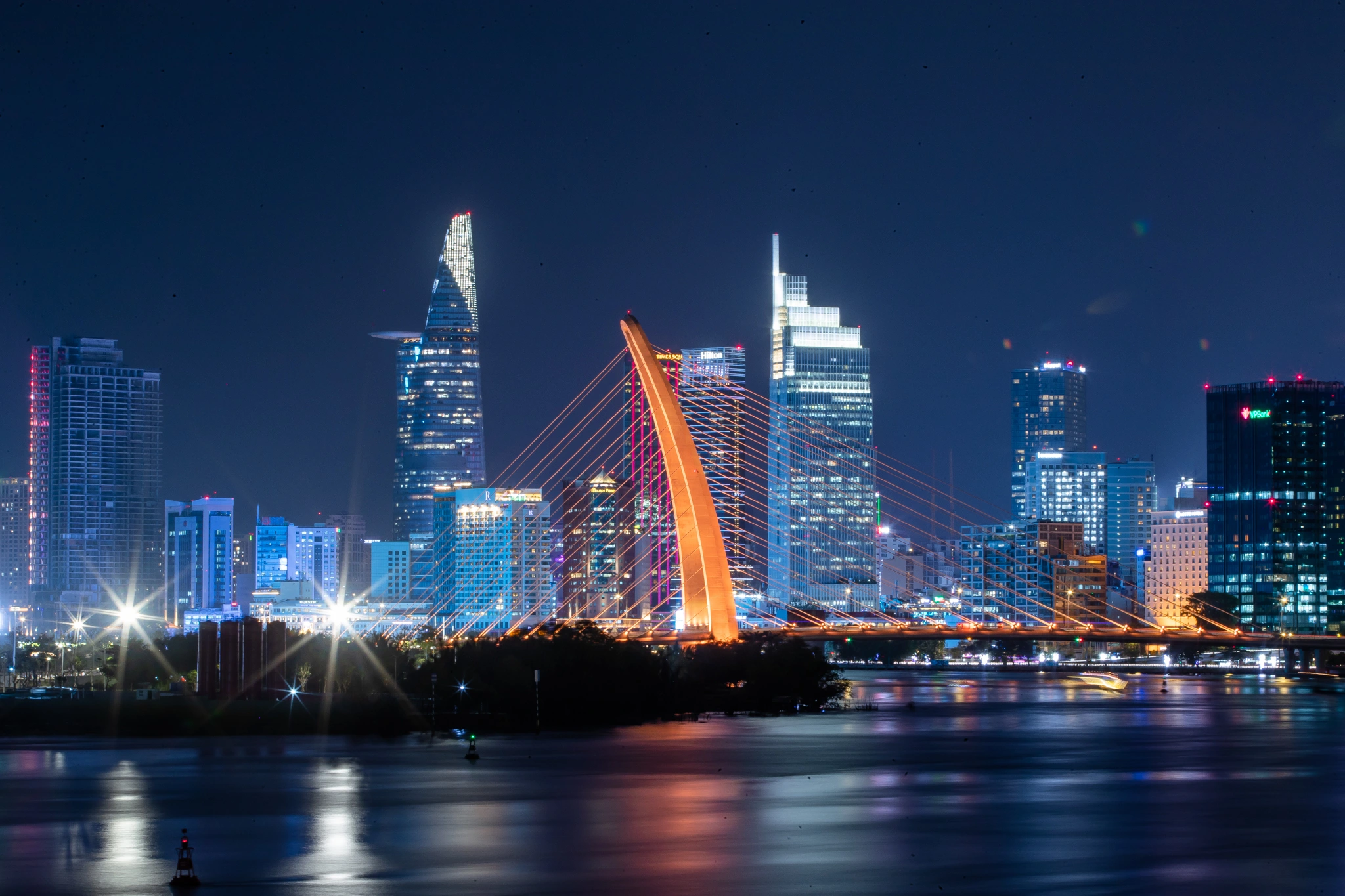
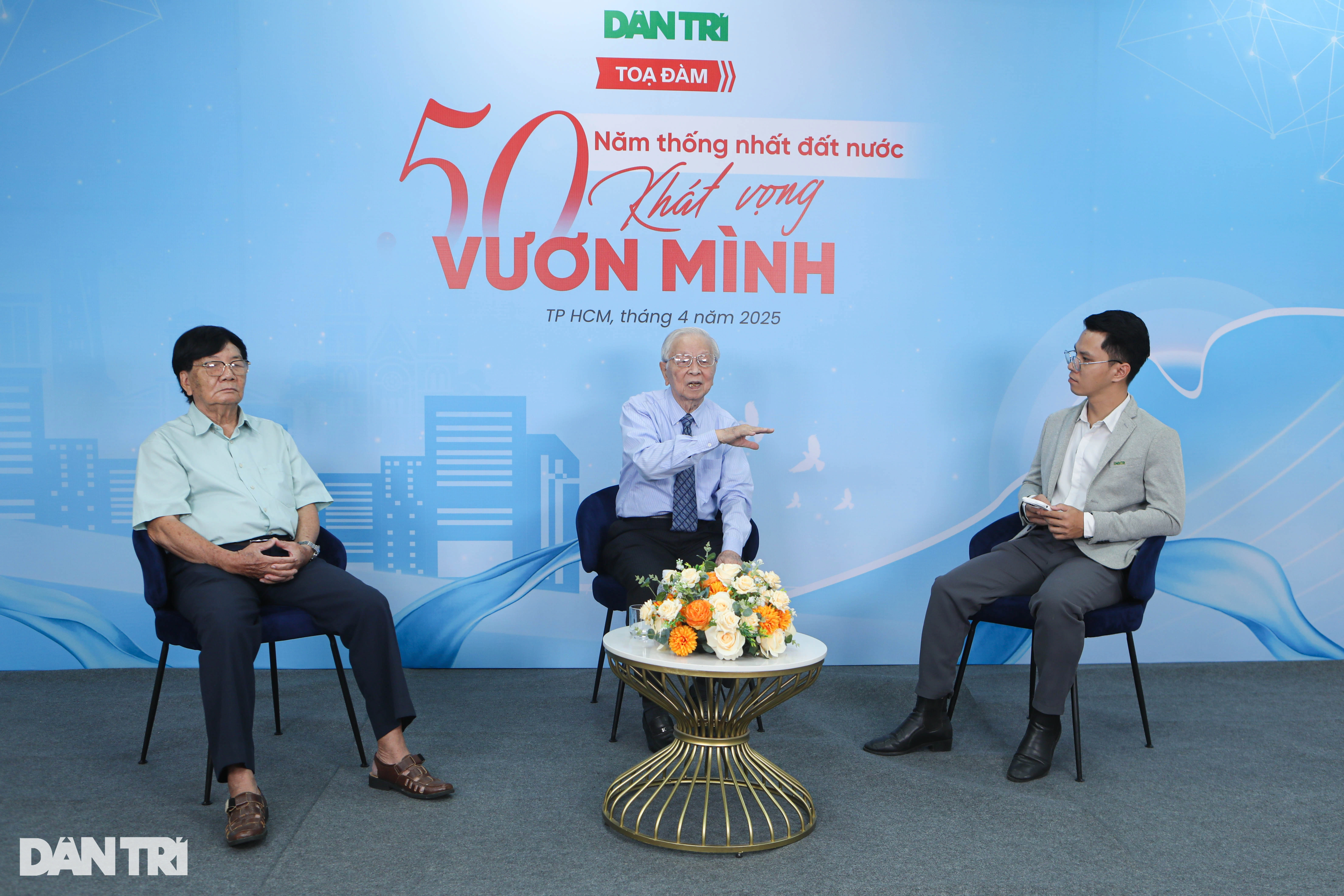

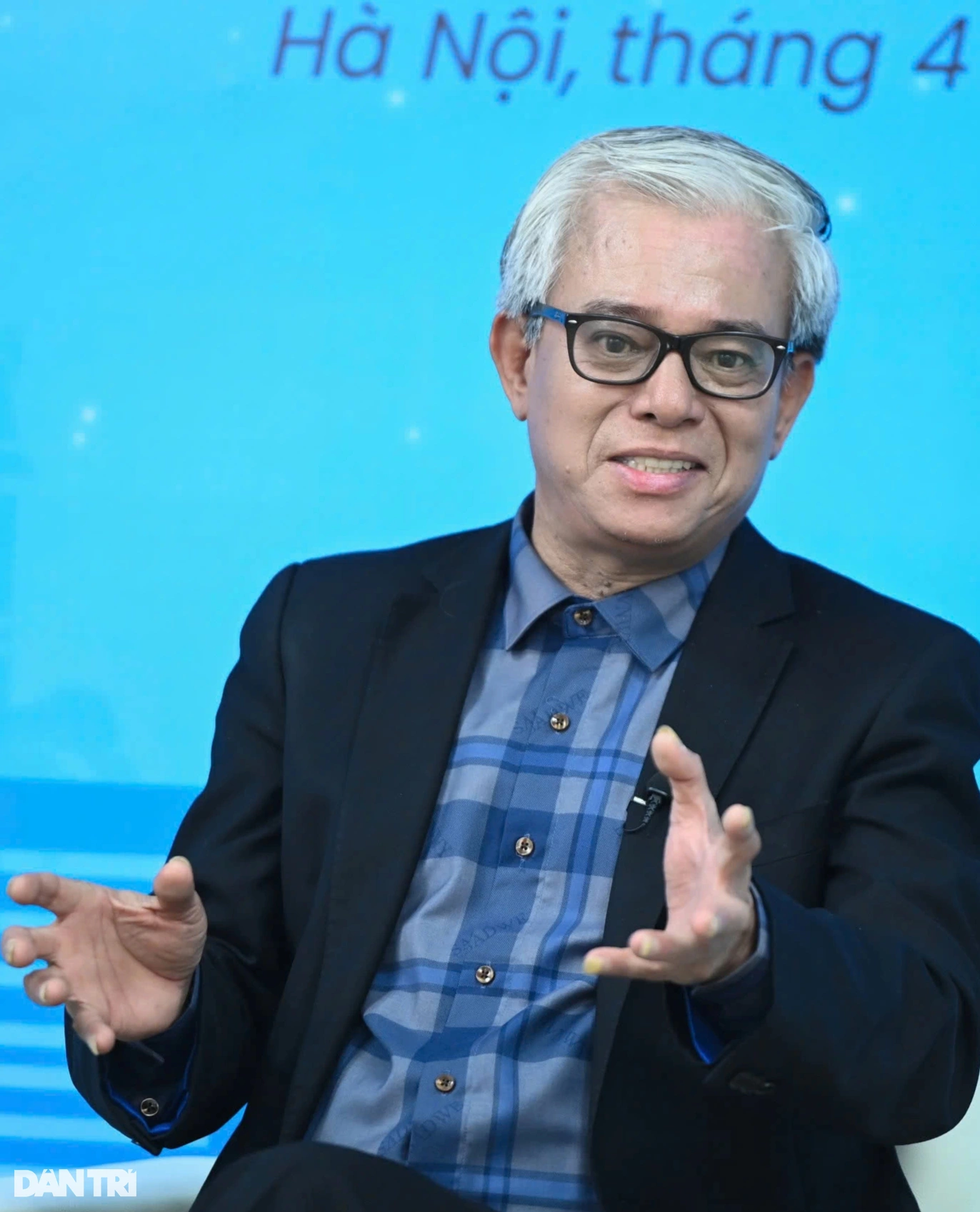

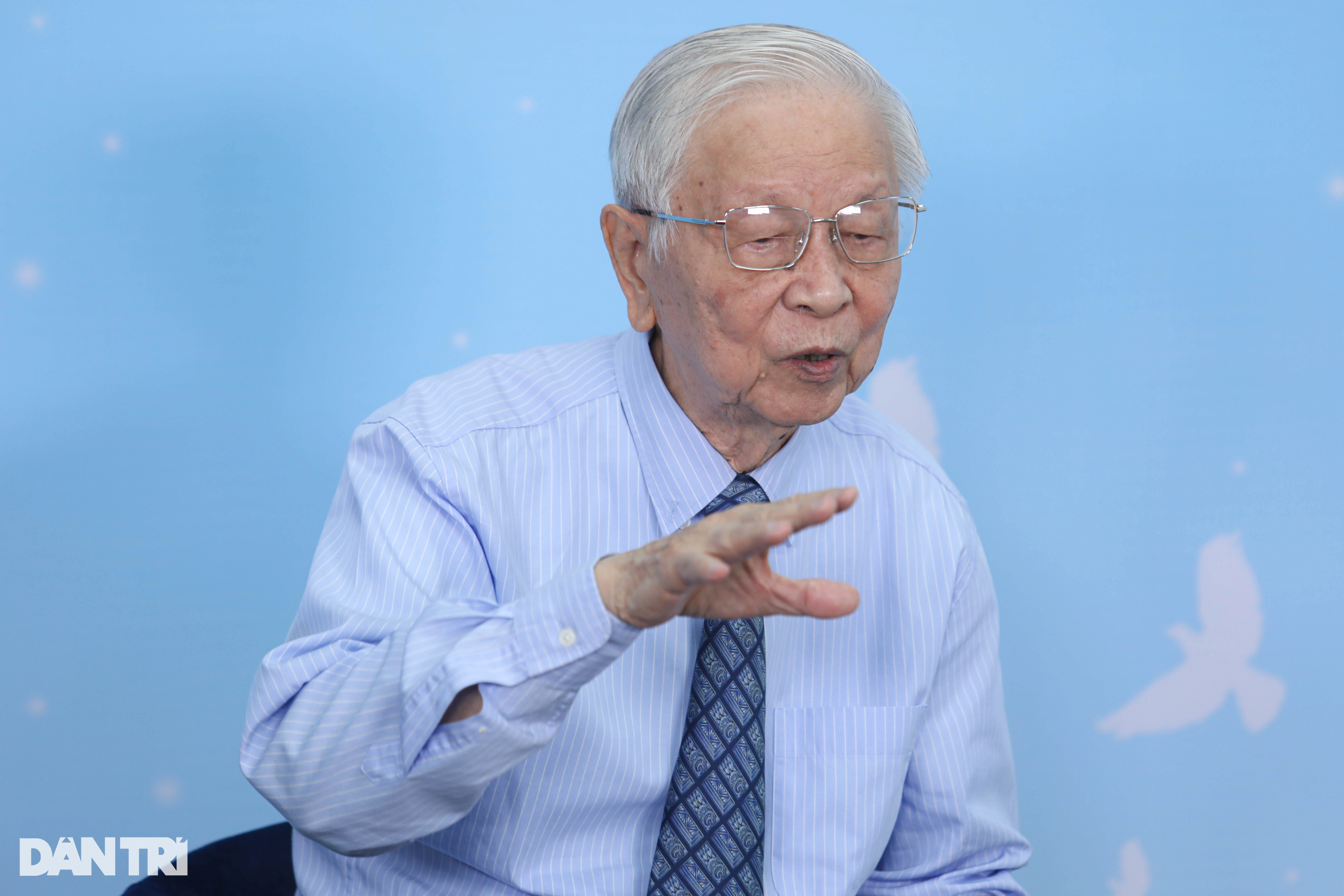
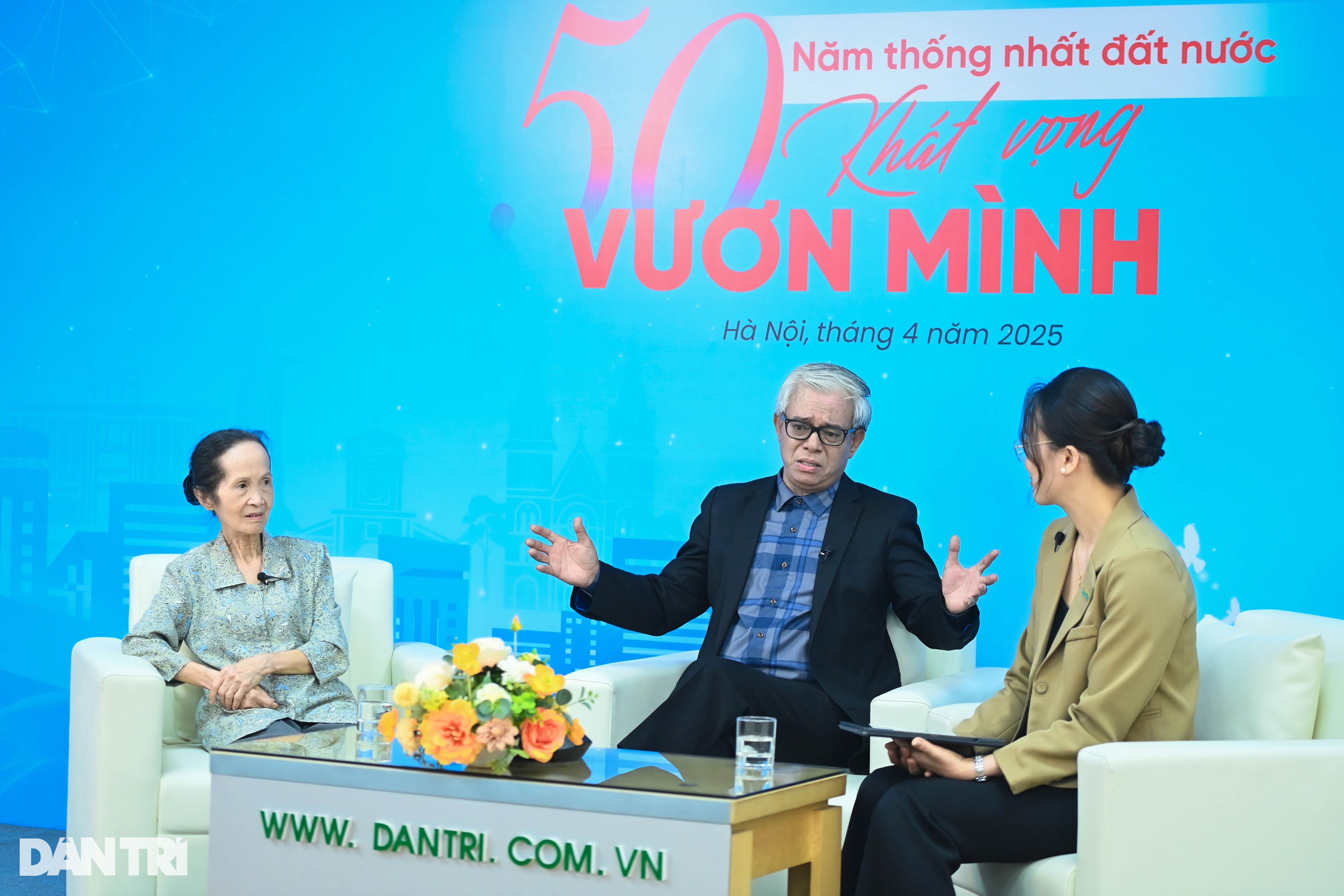
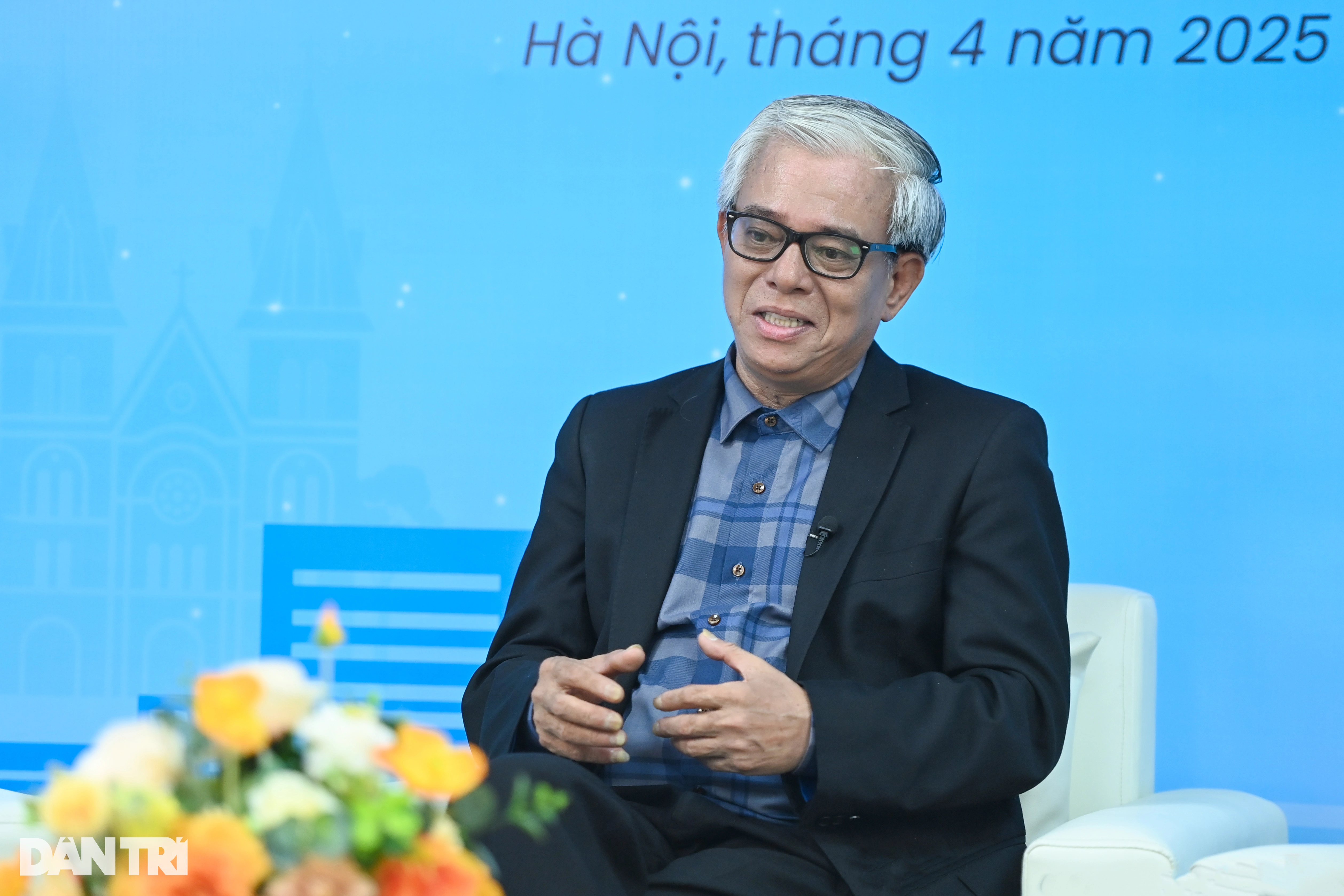
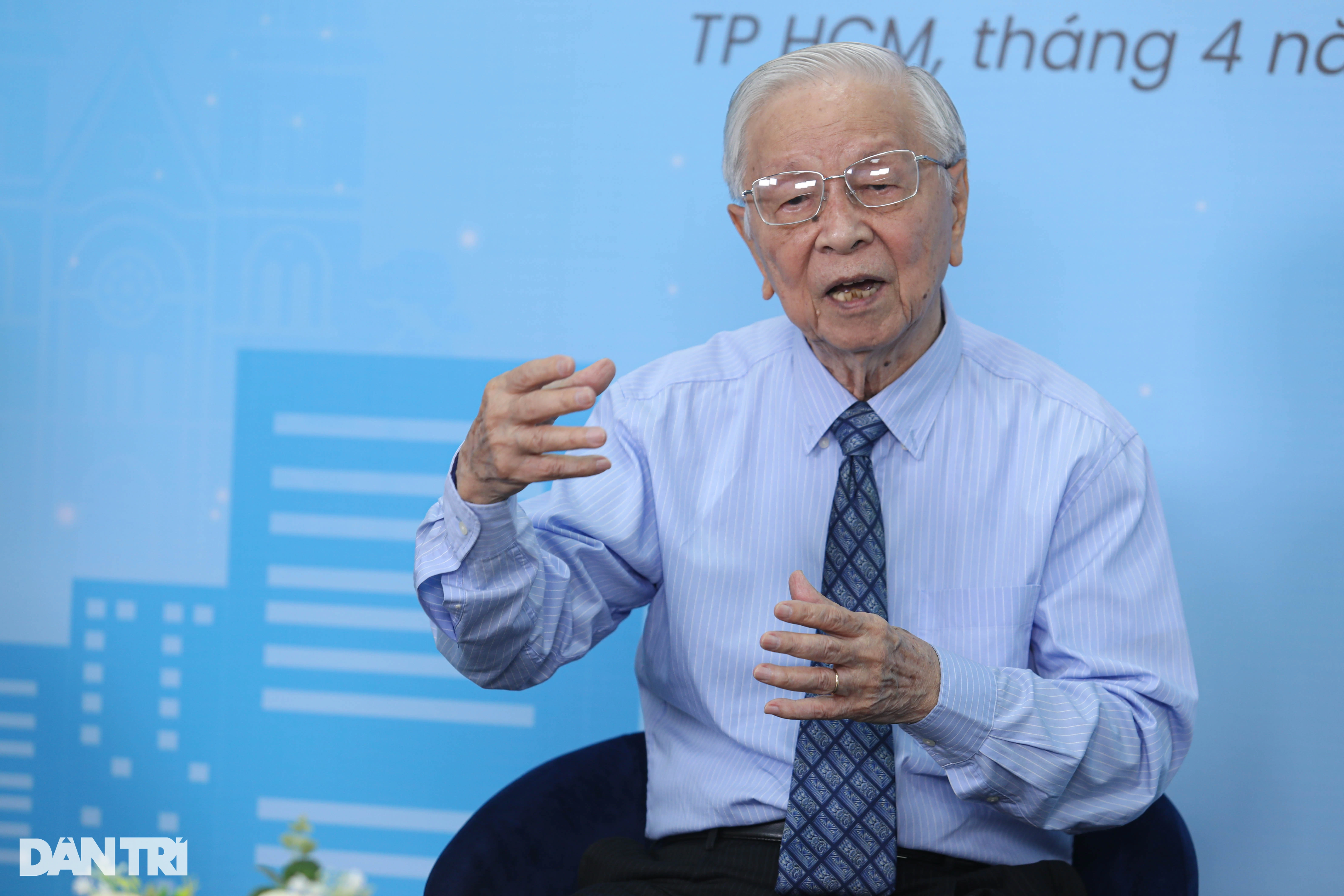
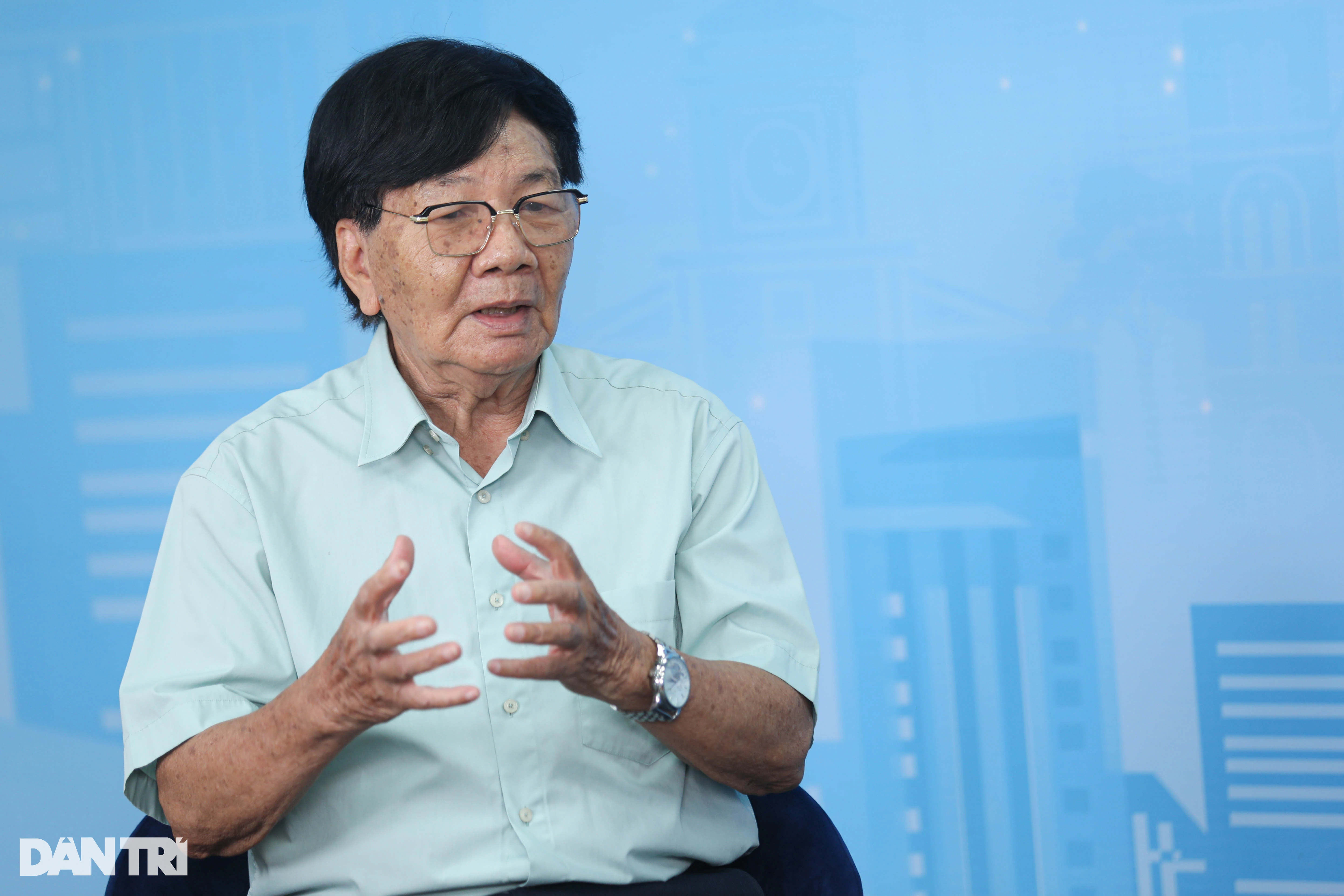
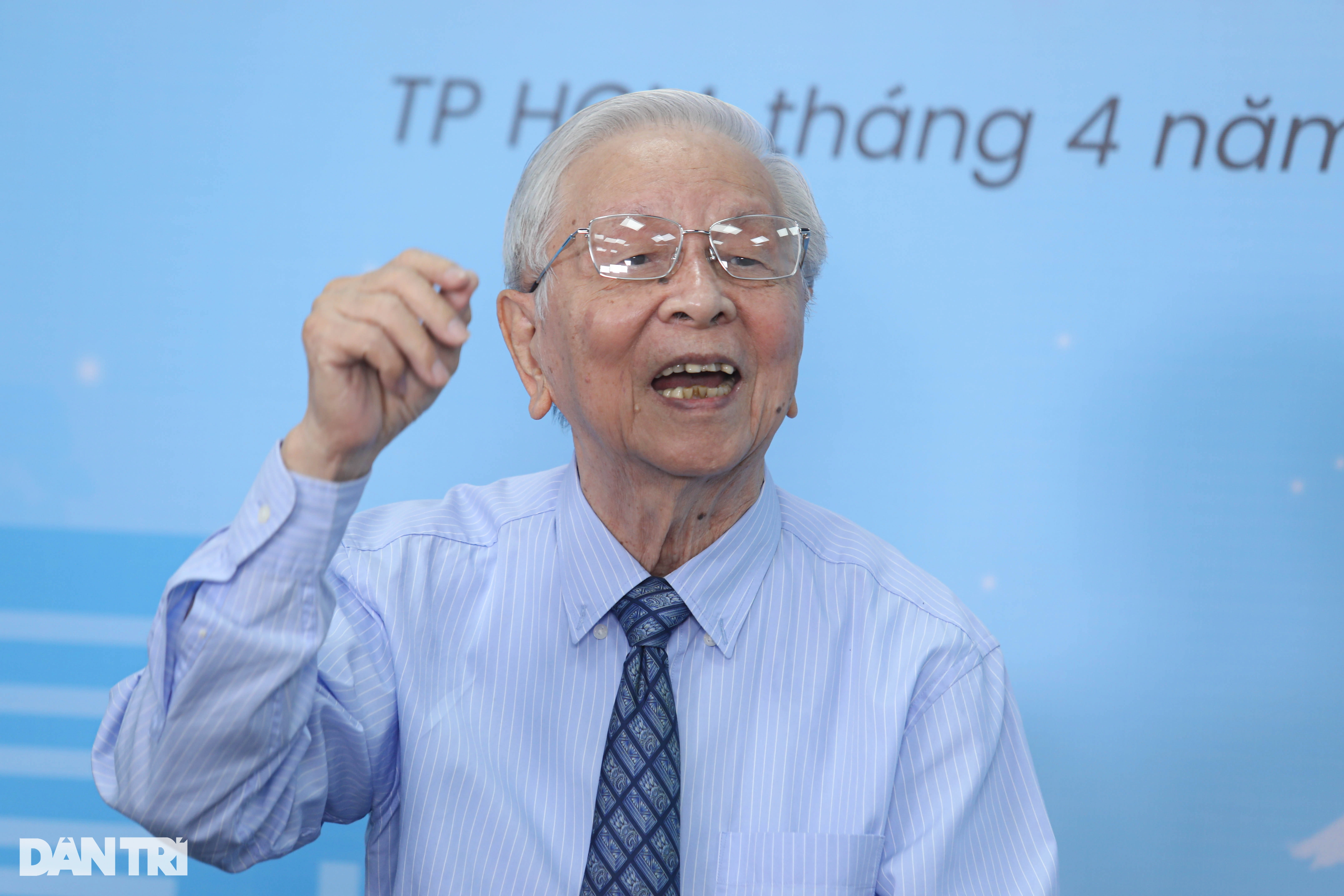
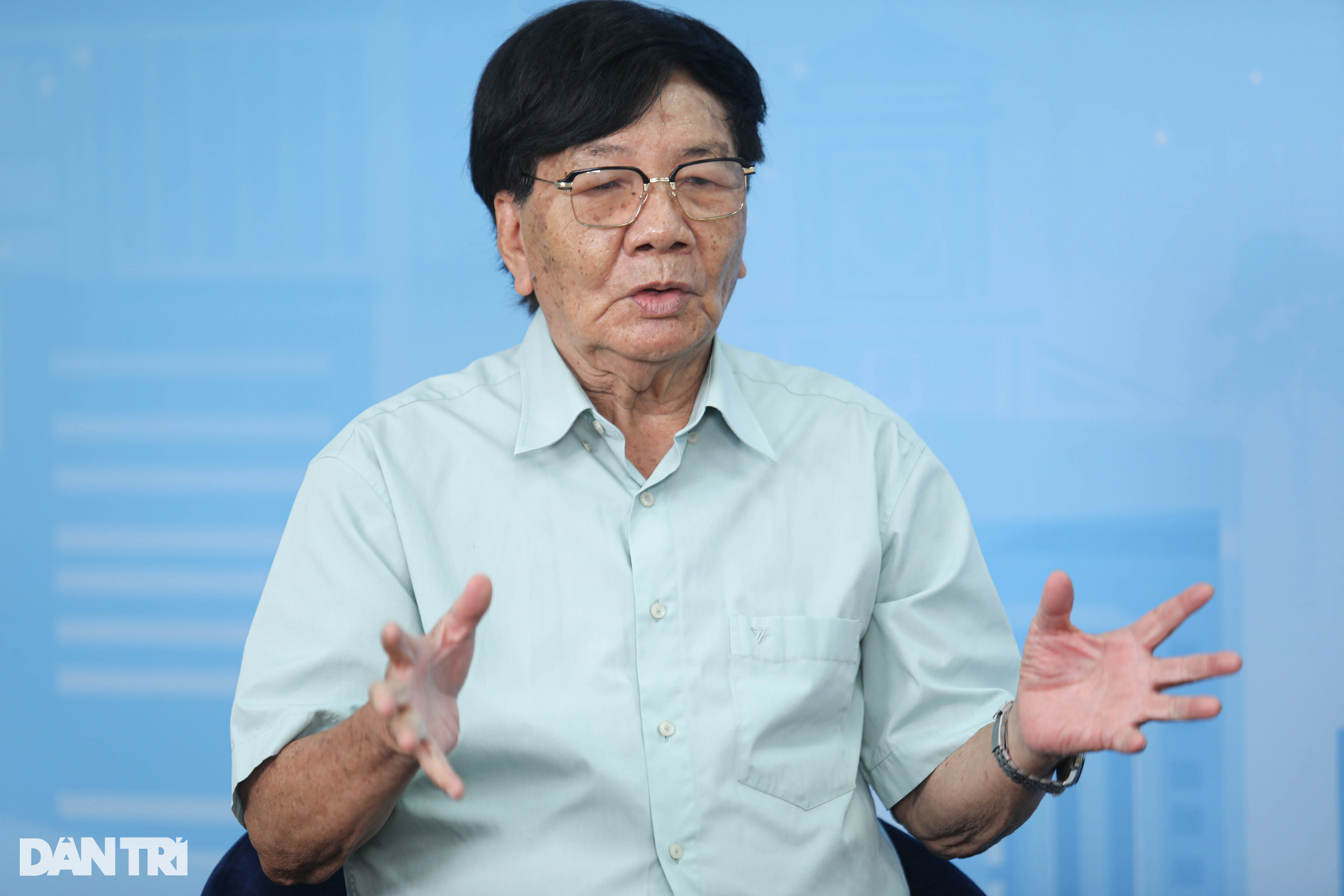
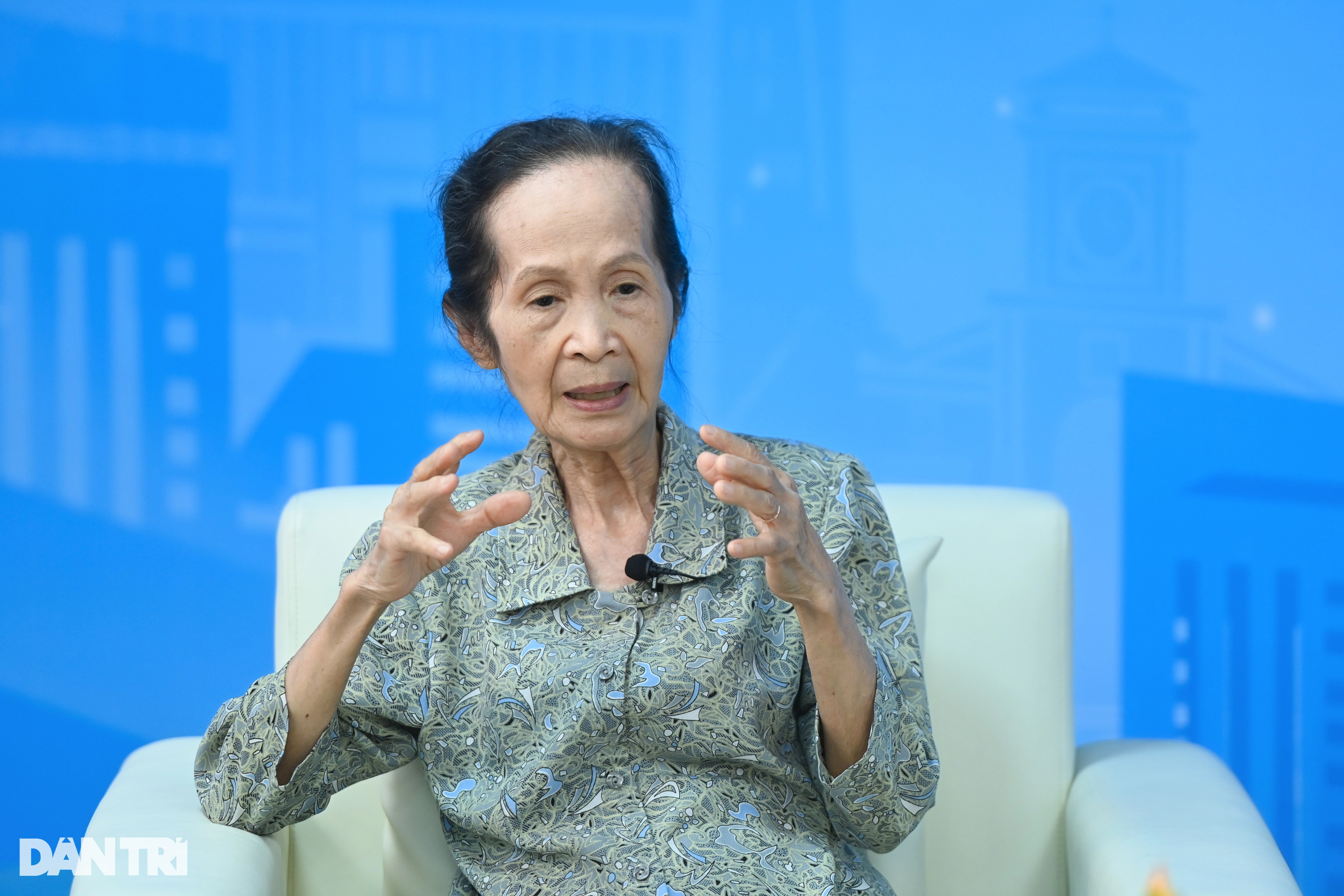
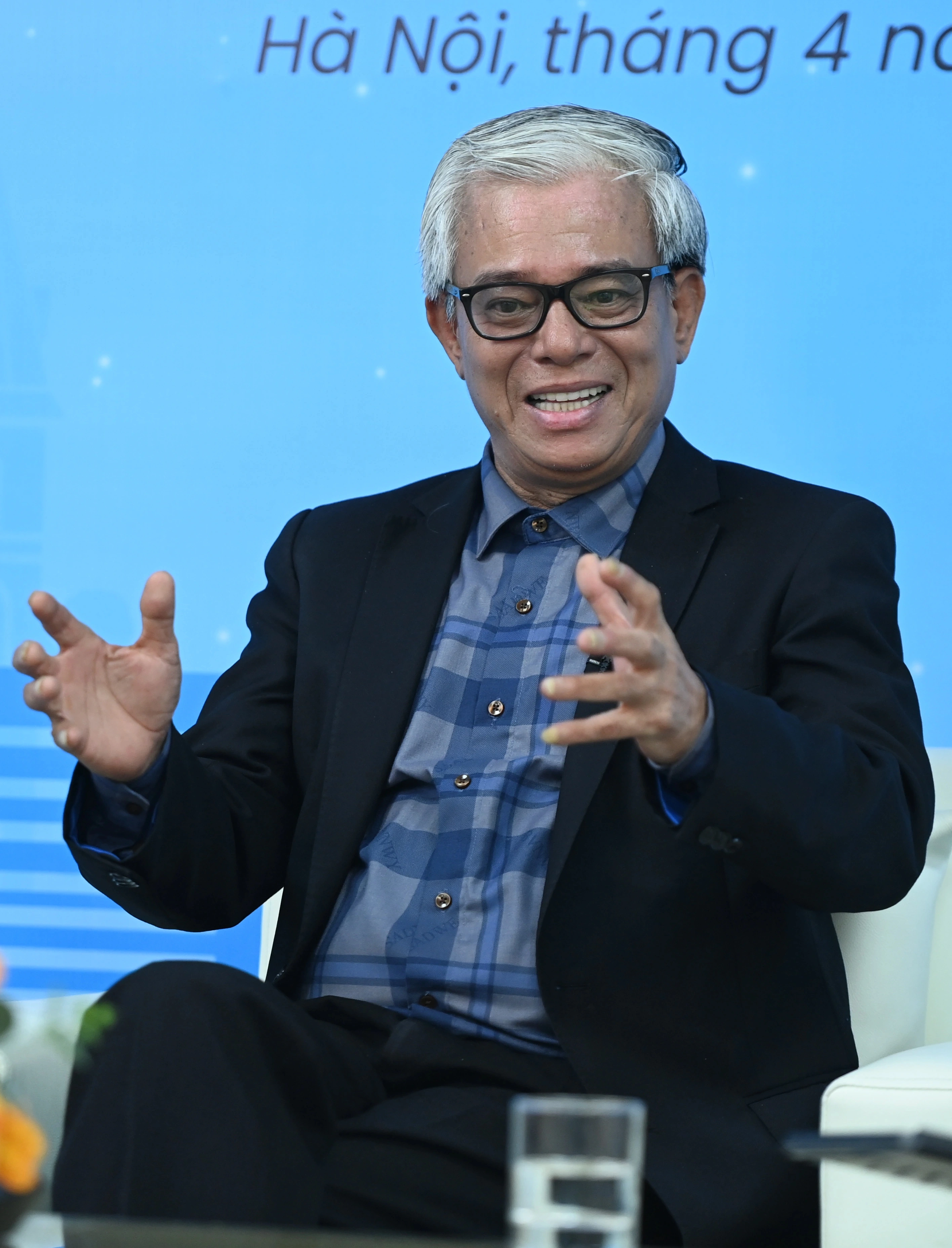
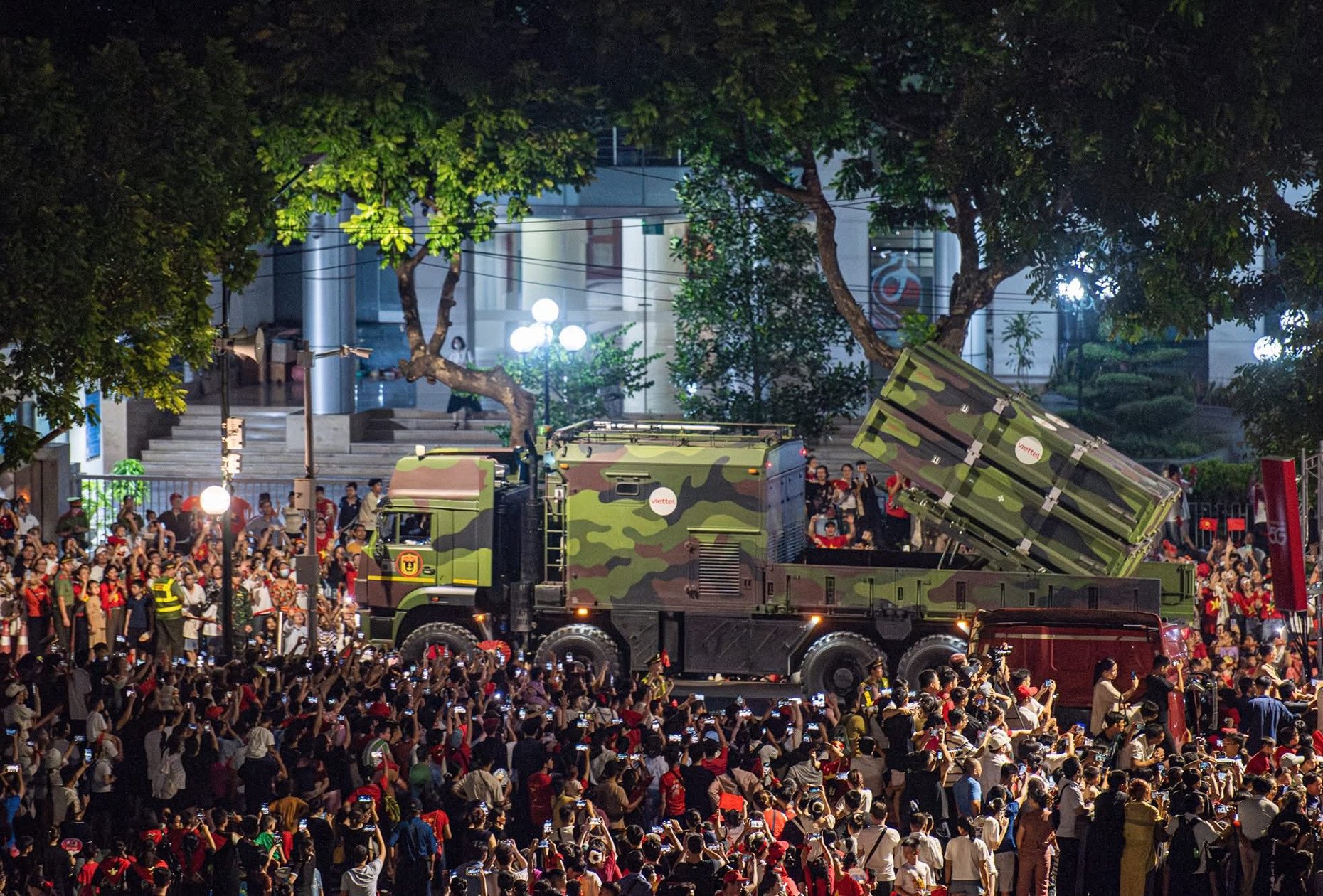

![[Photo] President Luong Cuong receives delegation of the Youth Committee of the Liberal Democratic Party of Japan](https://vstatic.vietnam.vn/vietnam/resource/IMAGE/2025/8/22/2632d7f5cf4f4a8e90ce5f5e1989194a)

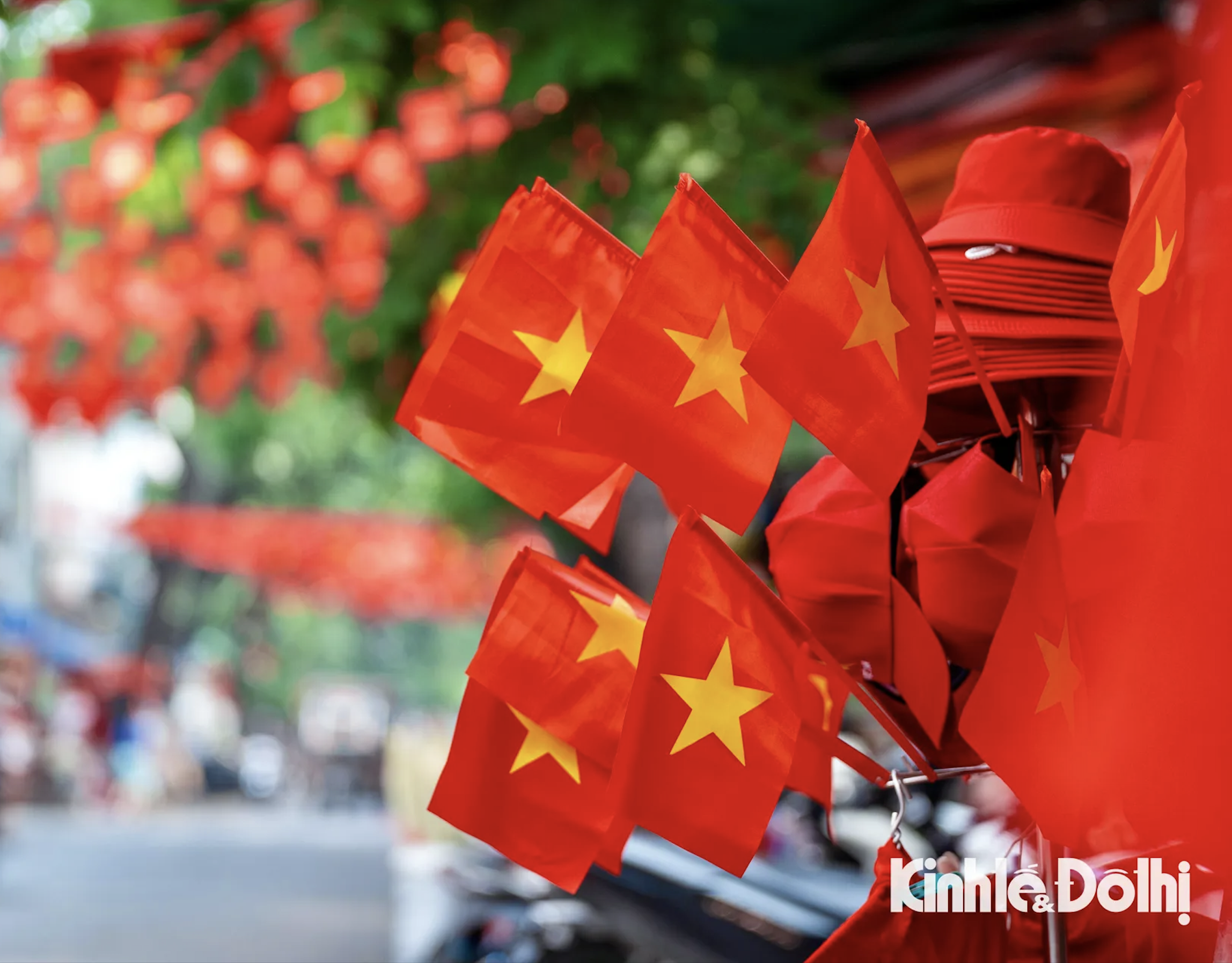

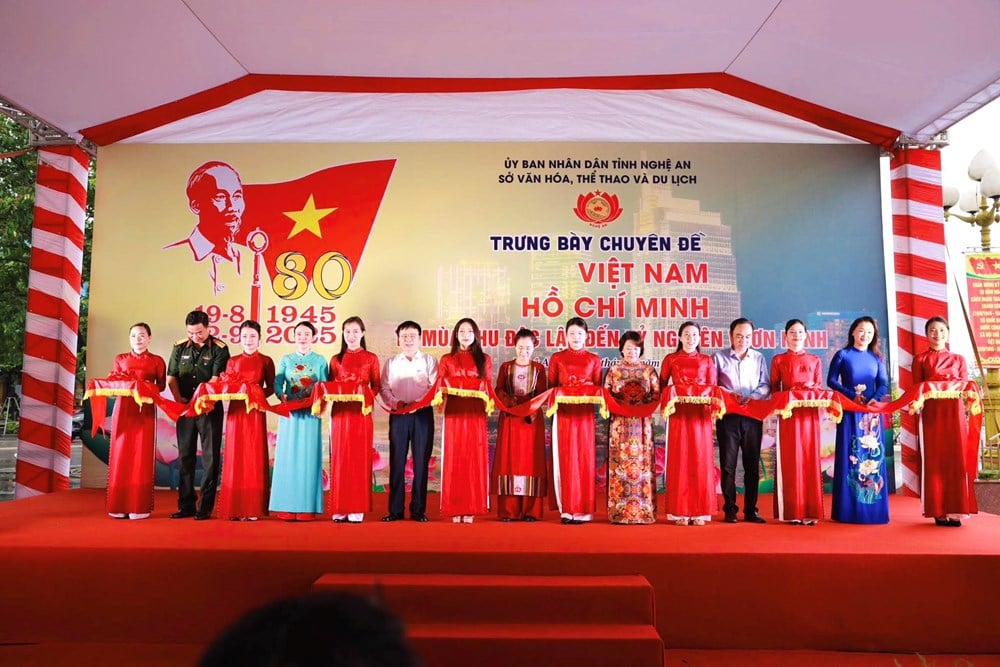

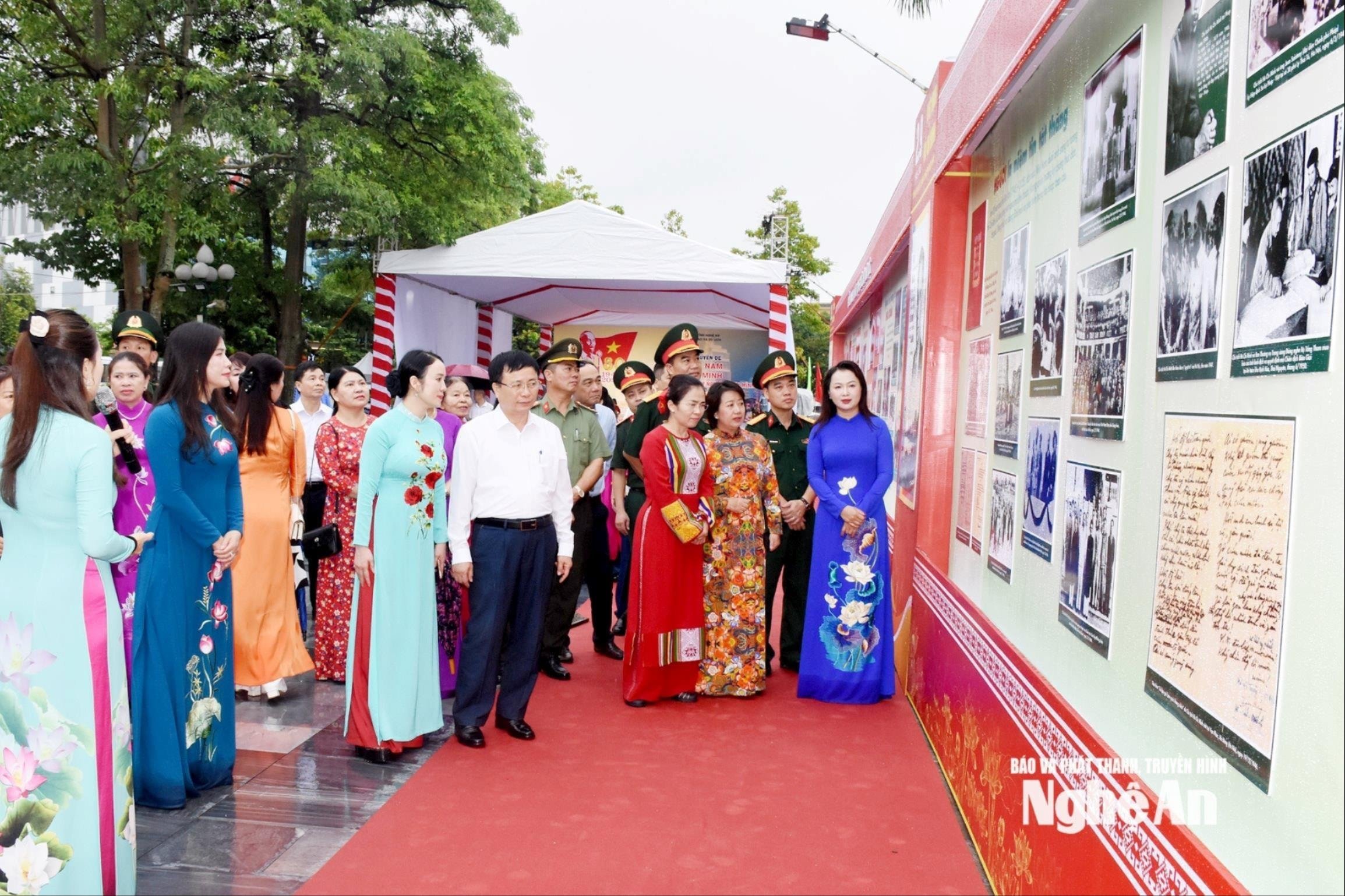

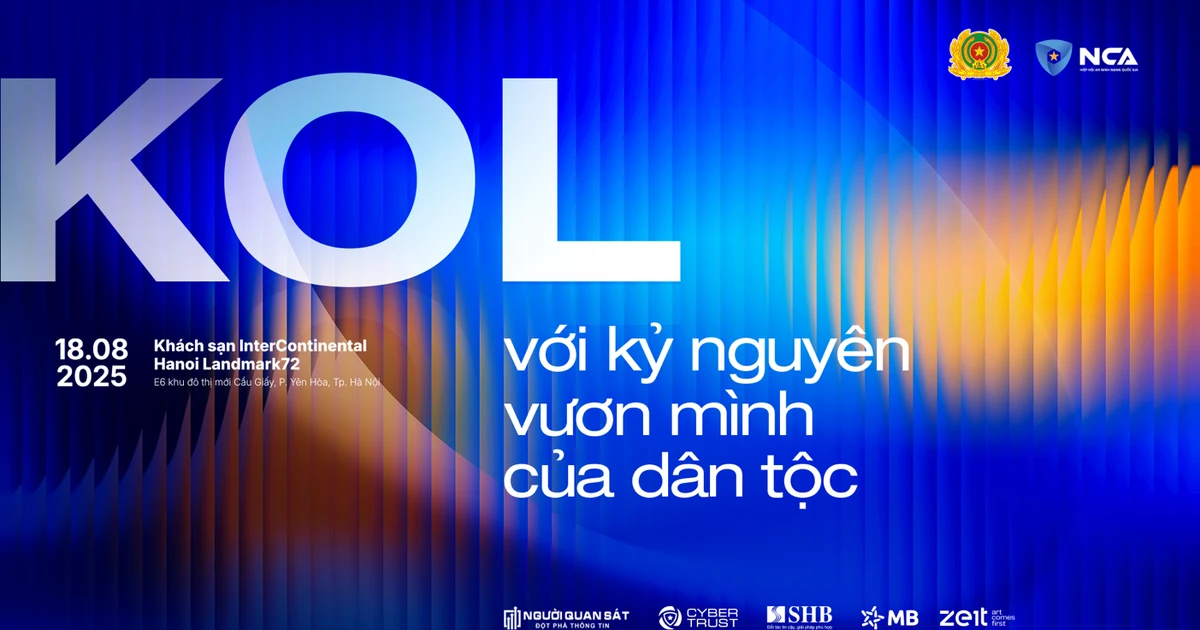

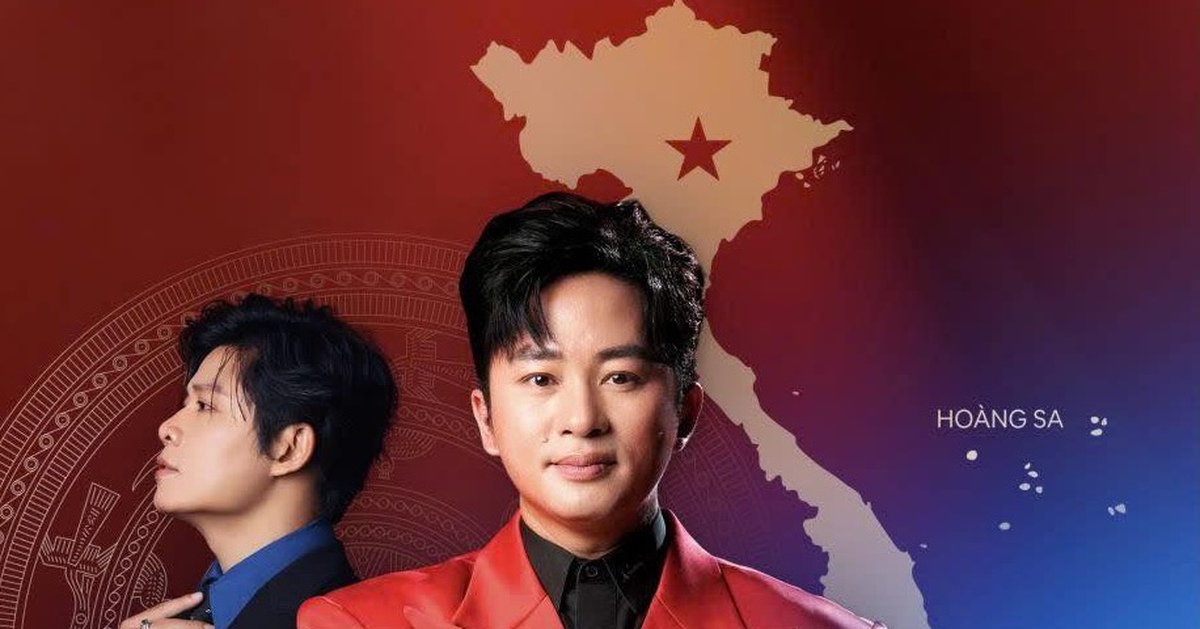

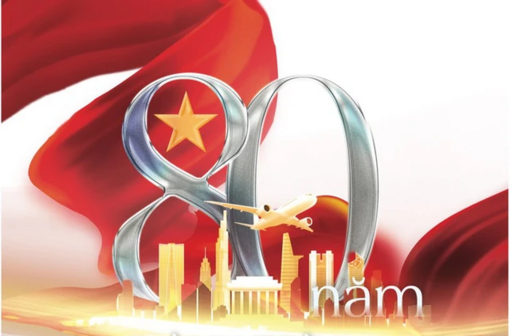

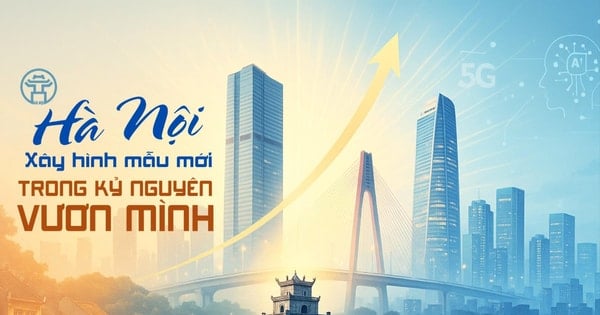



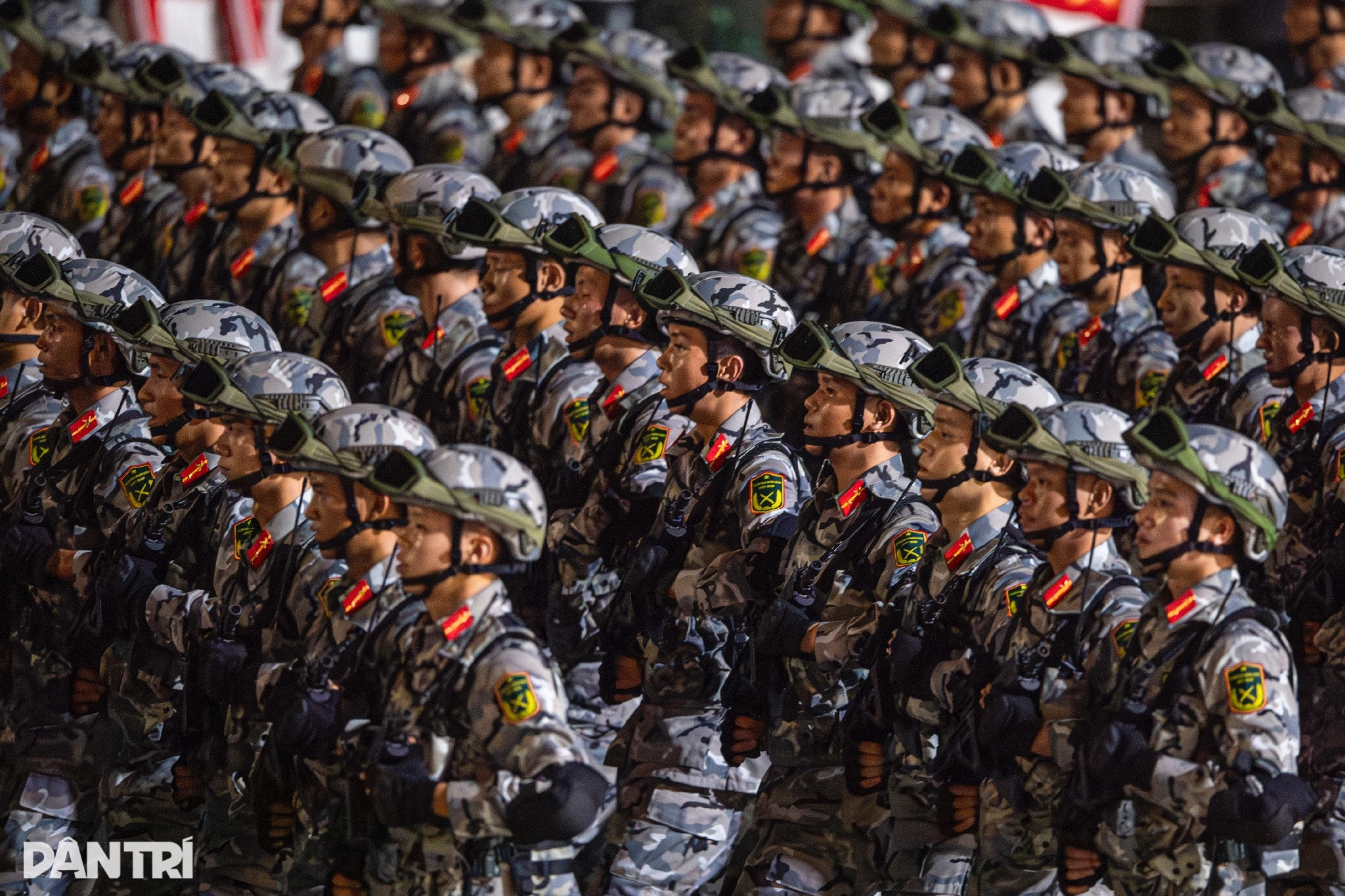
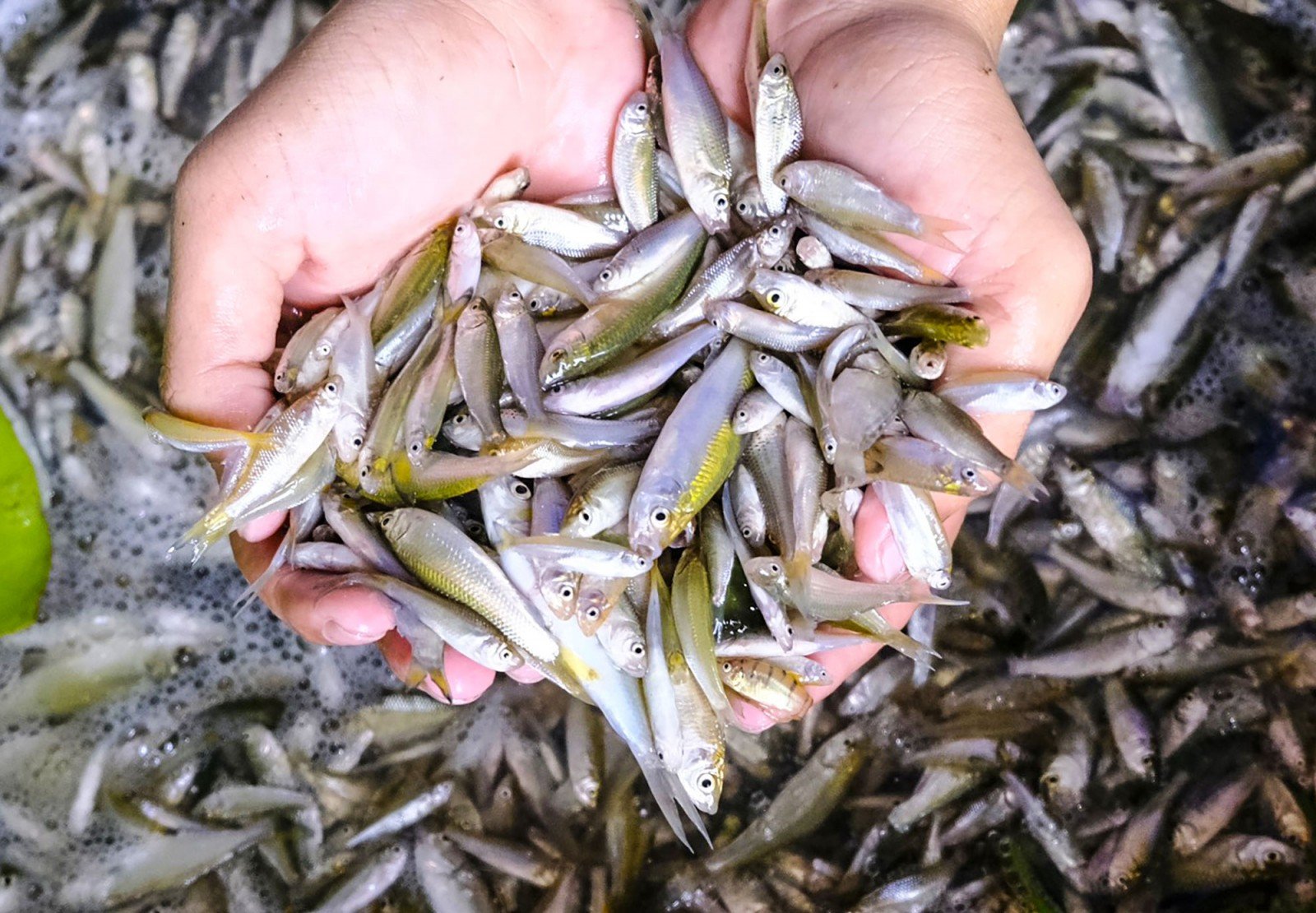

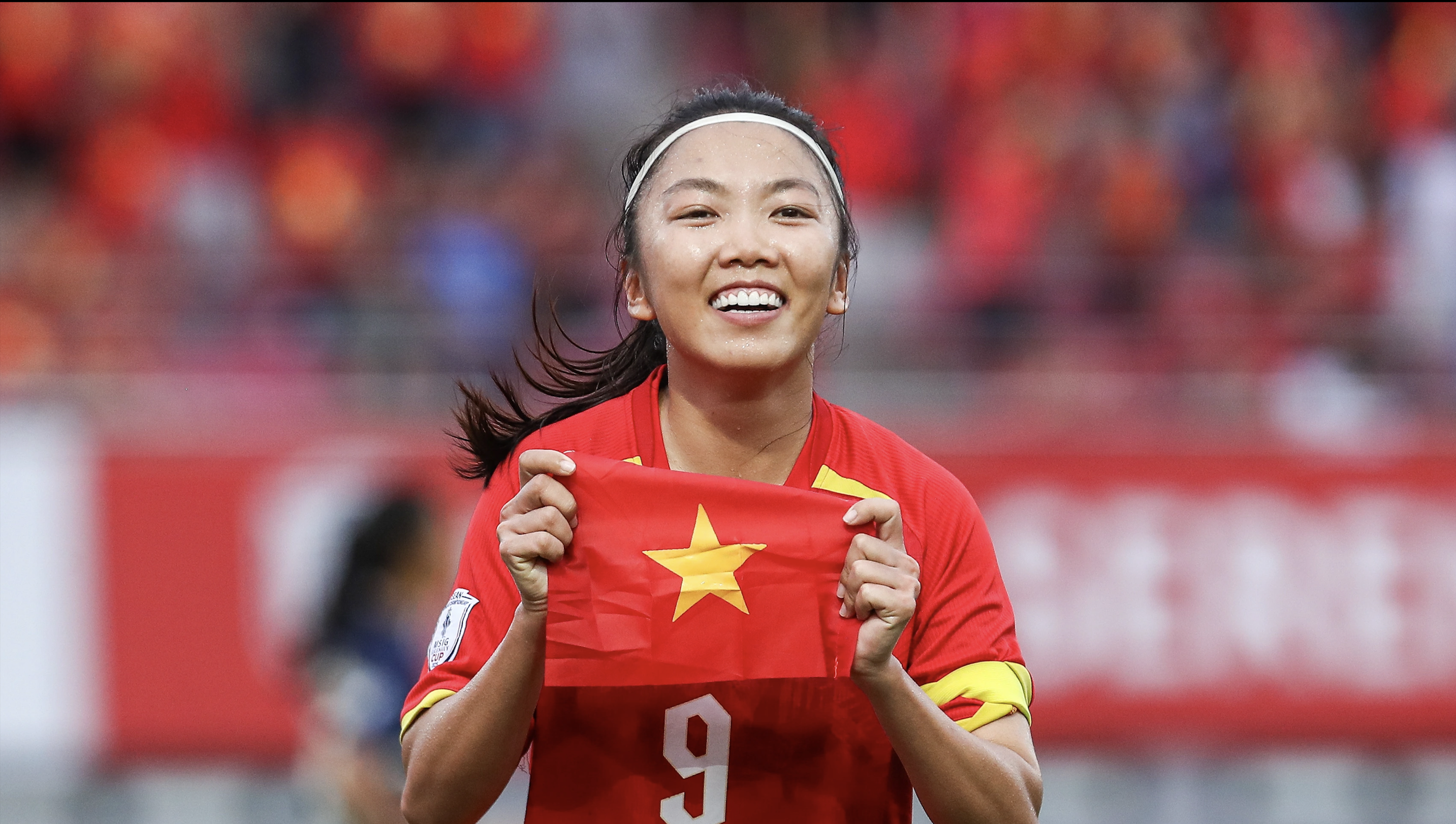
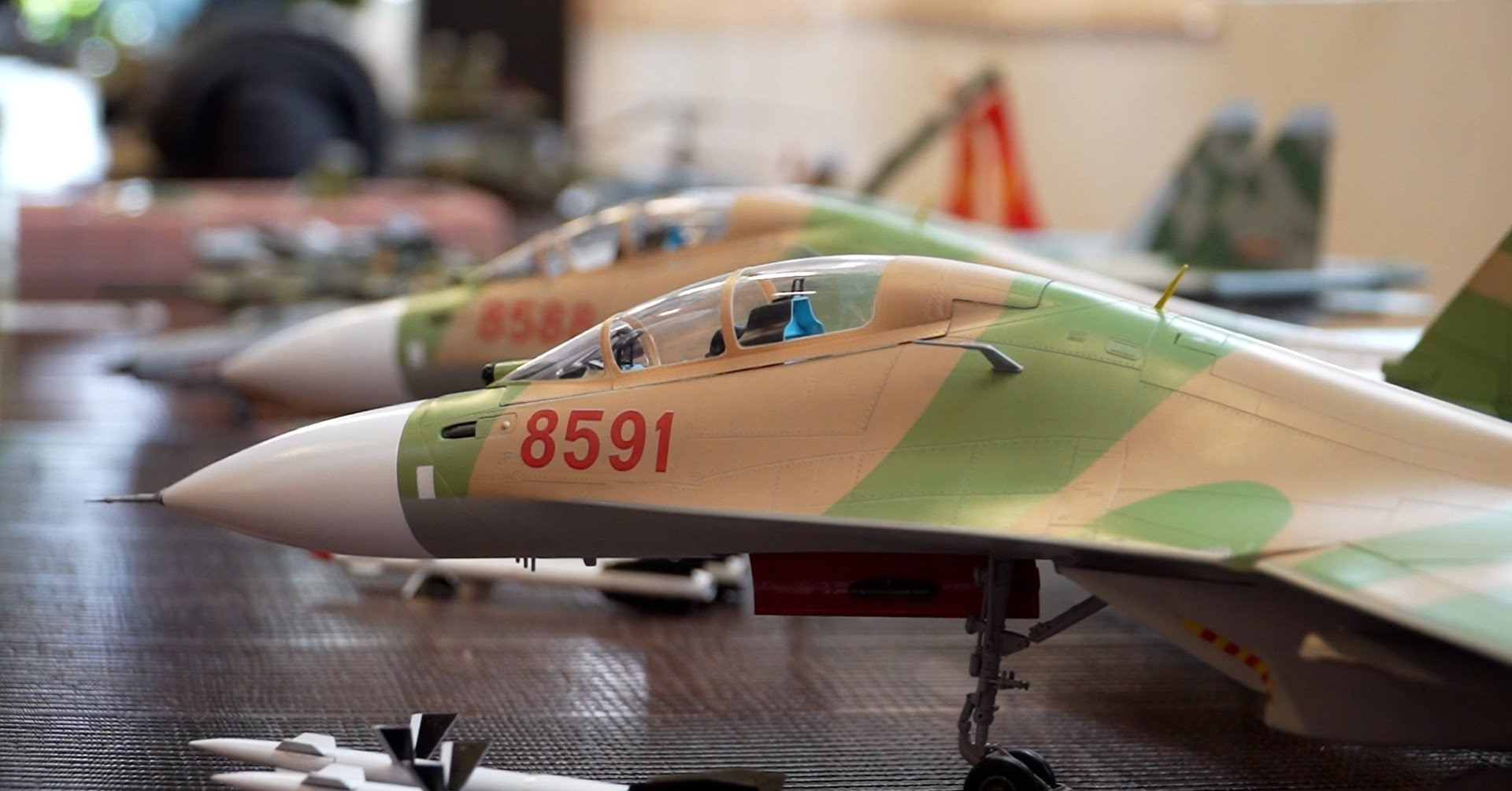




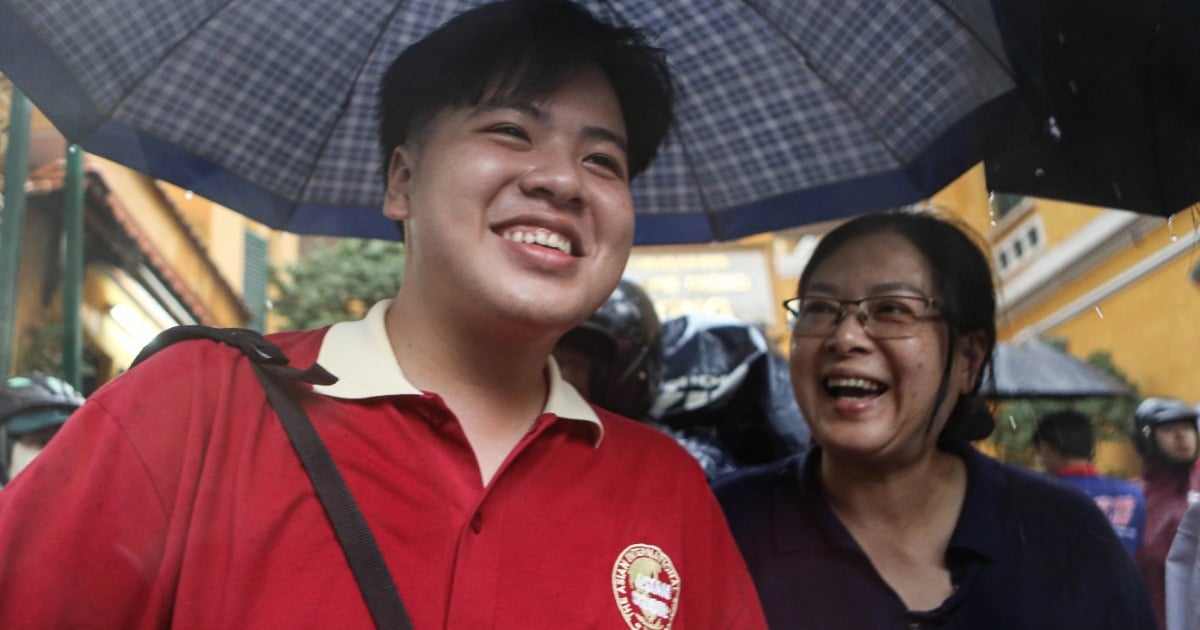
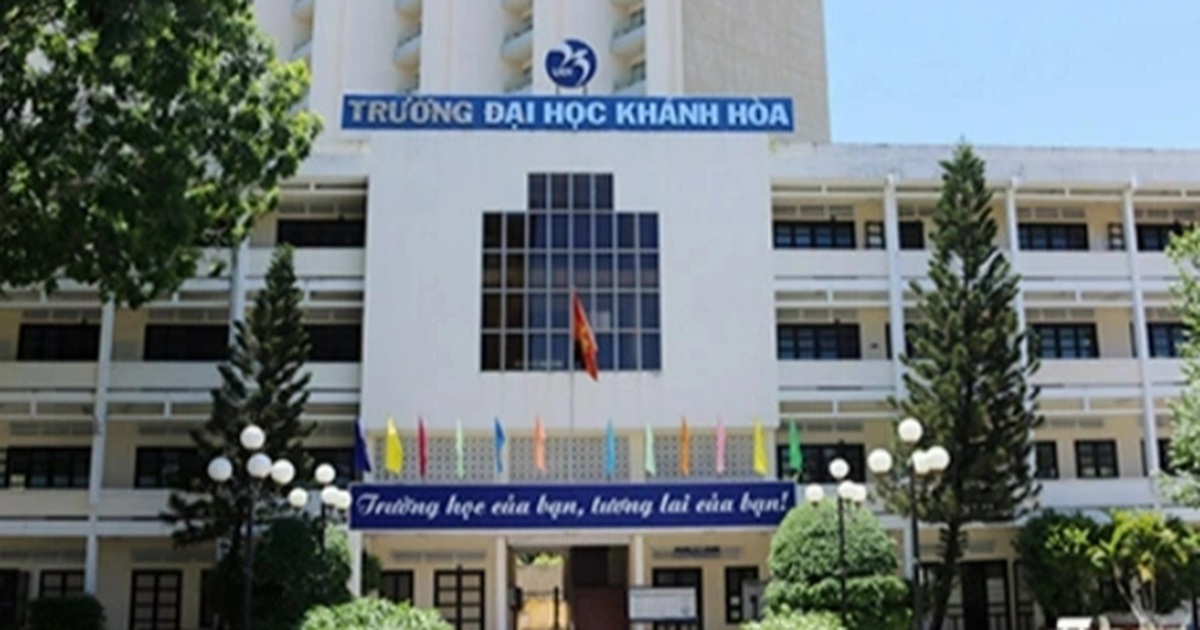
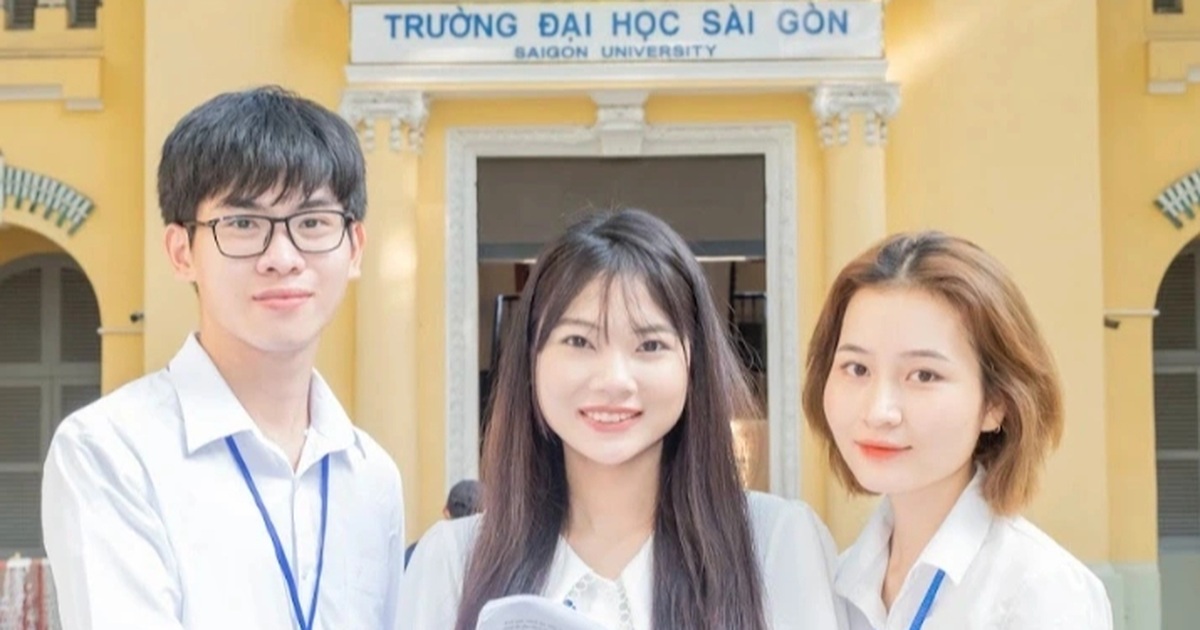
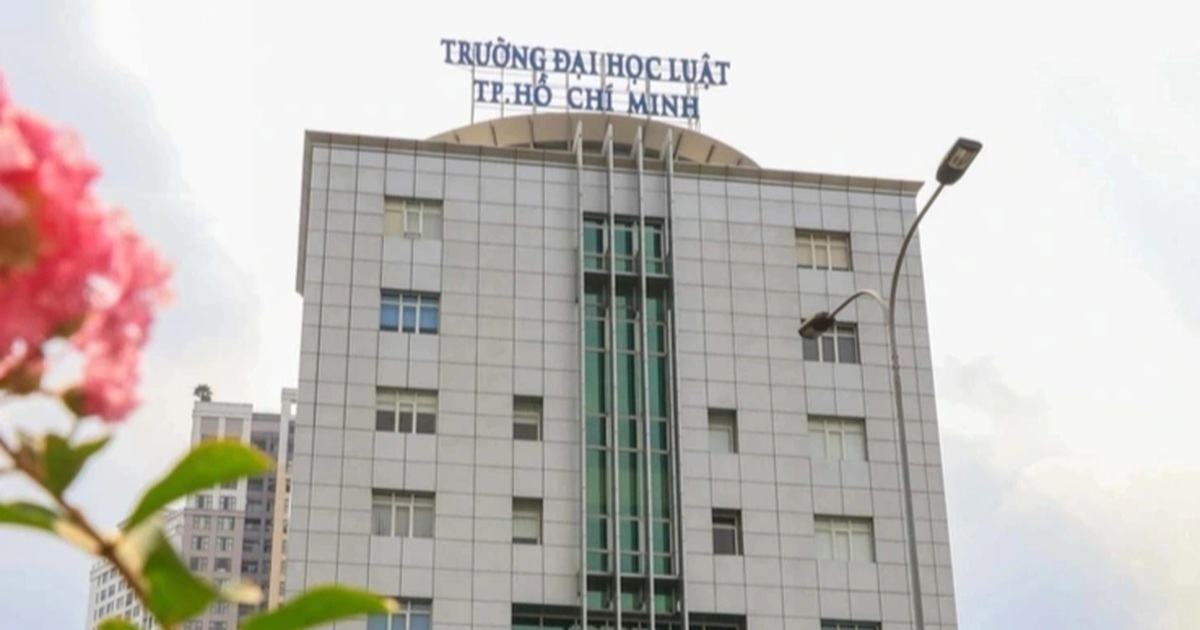

















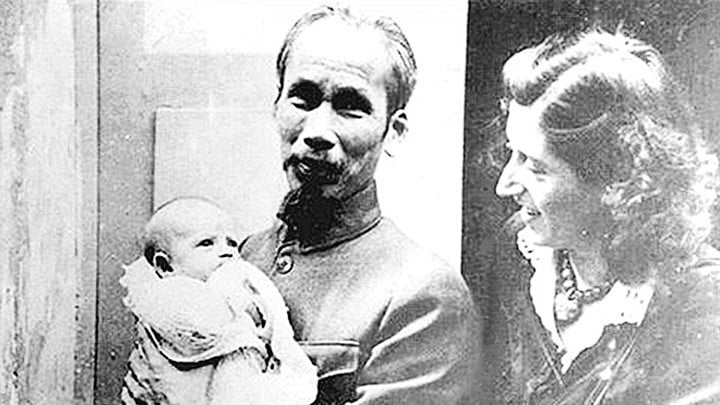









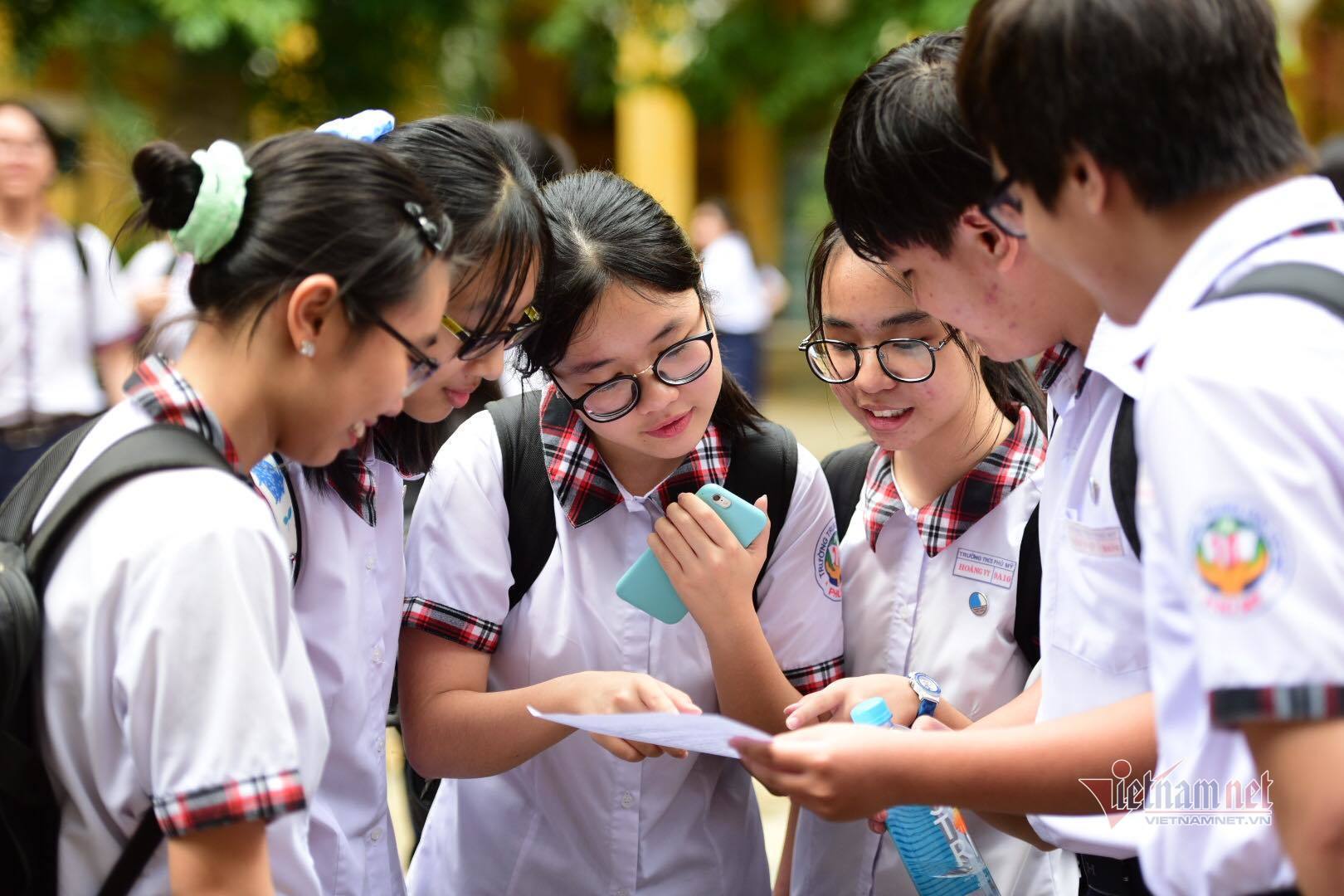







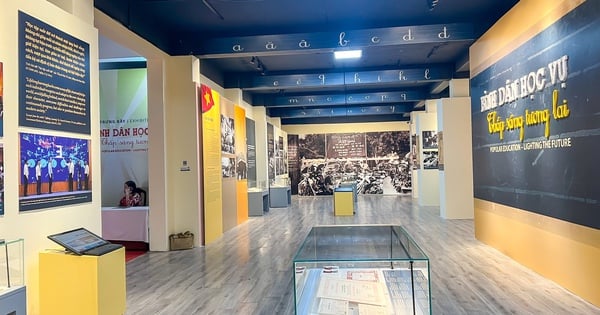
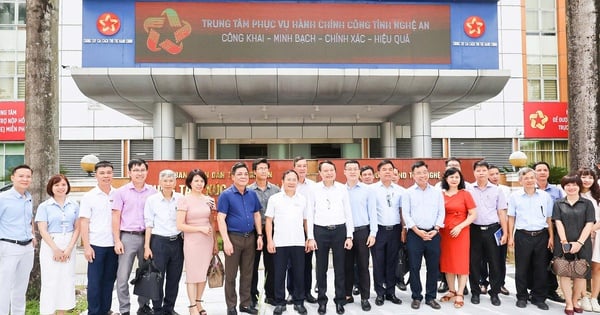

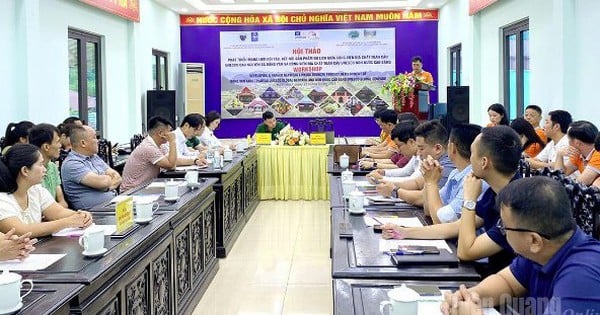
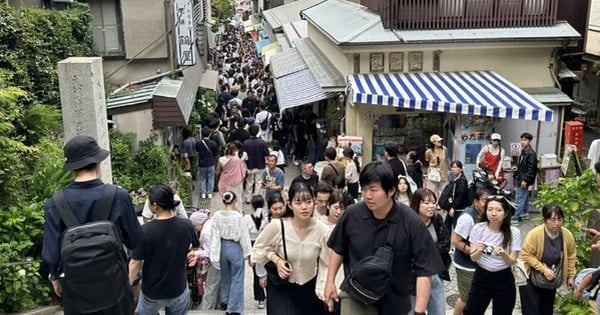
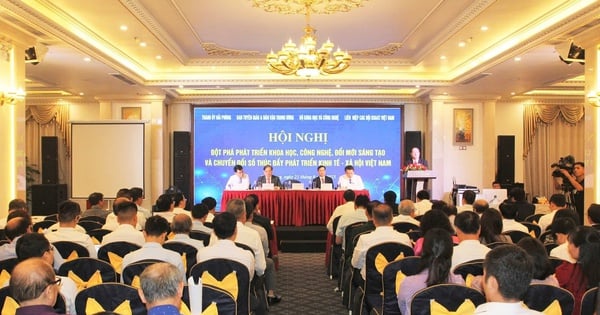
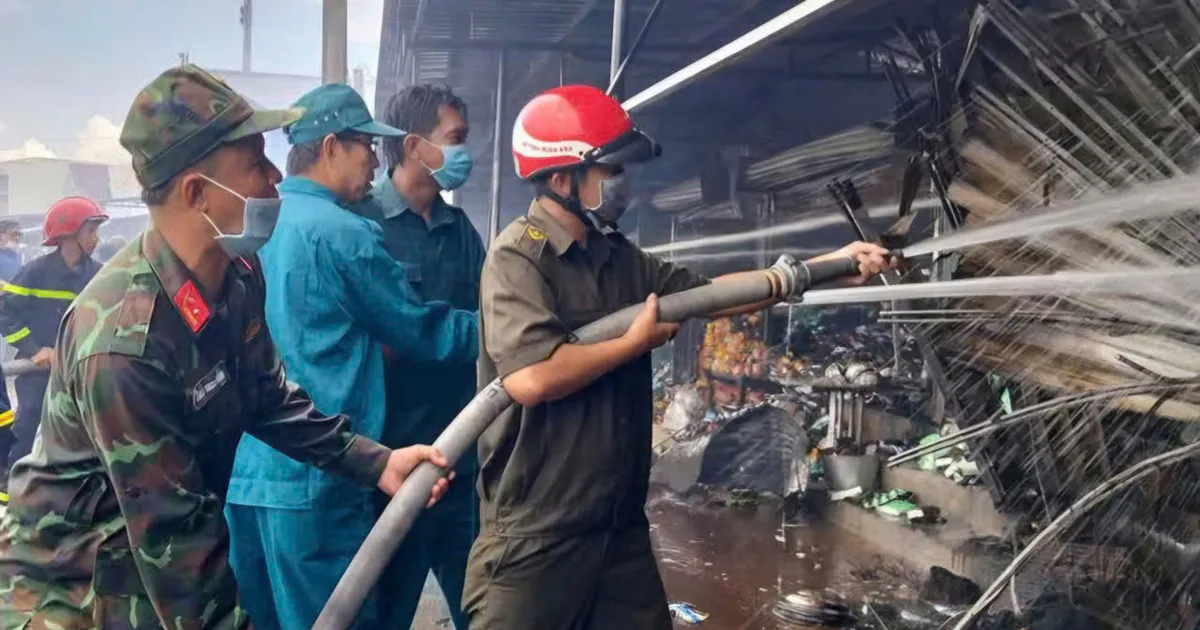
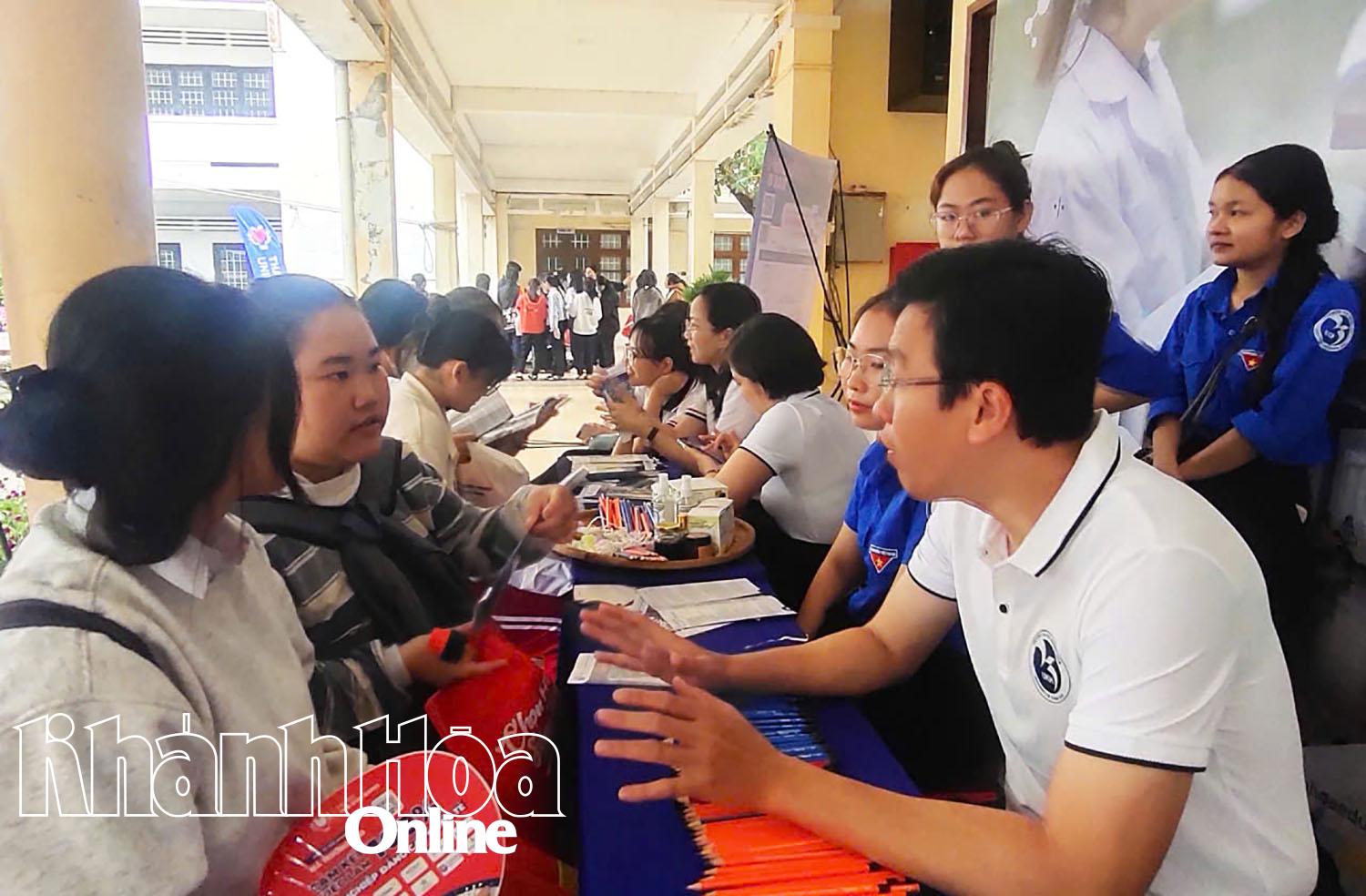

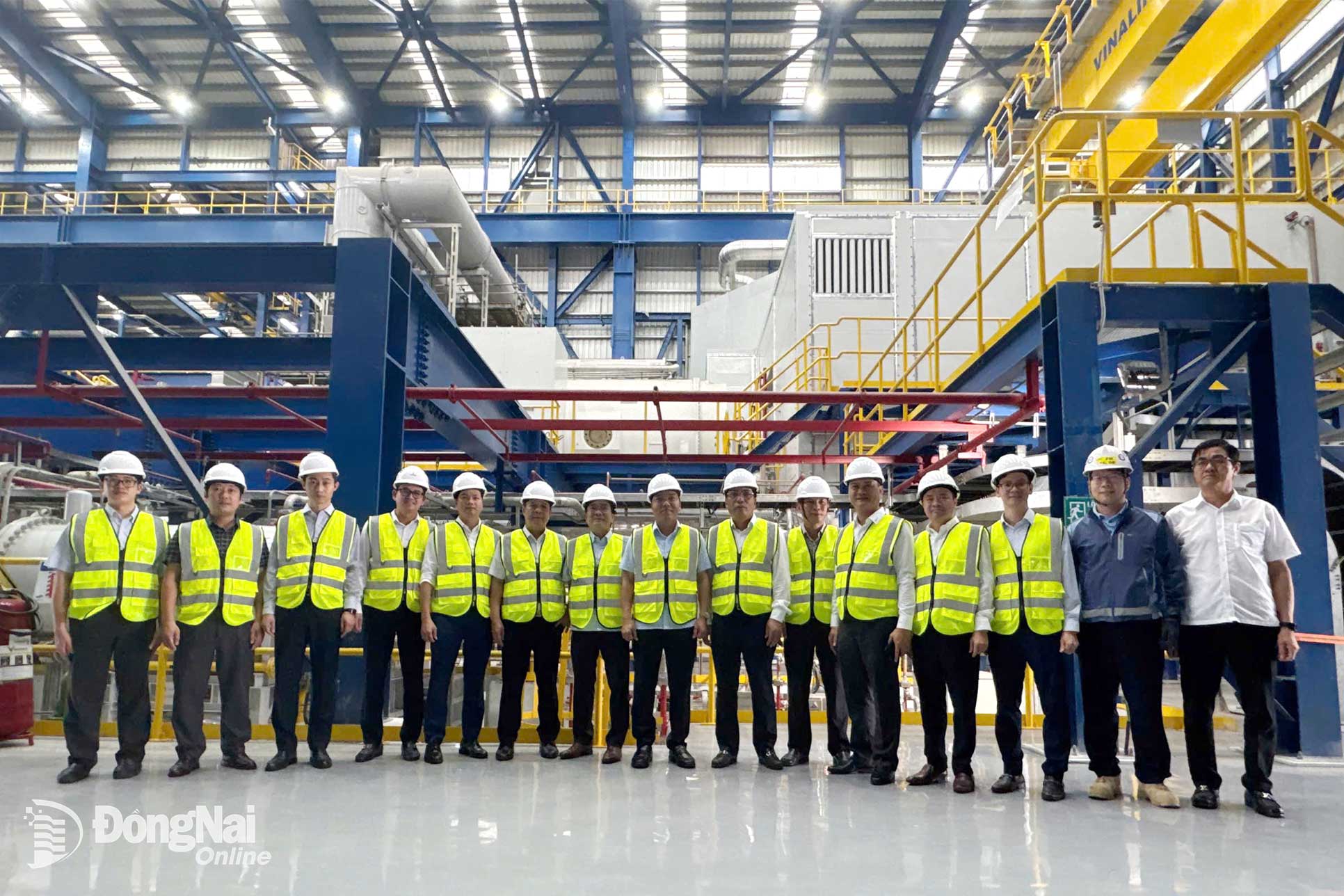

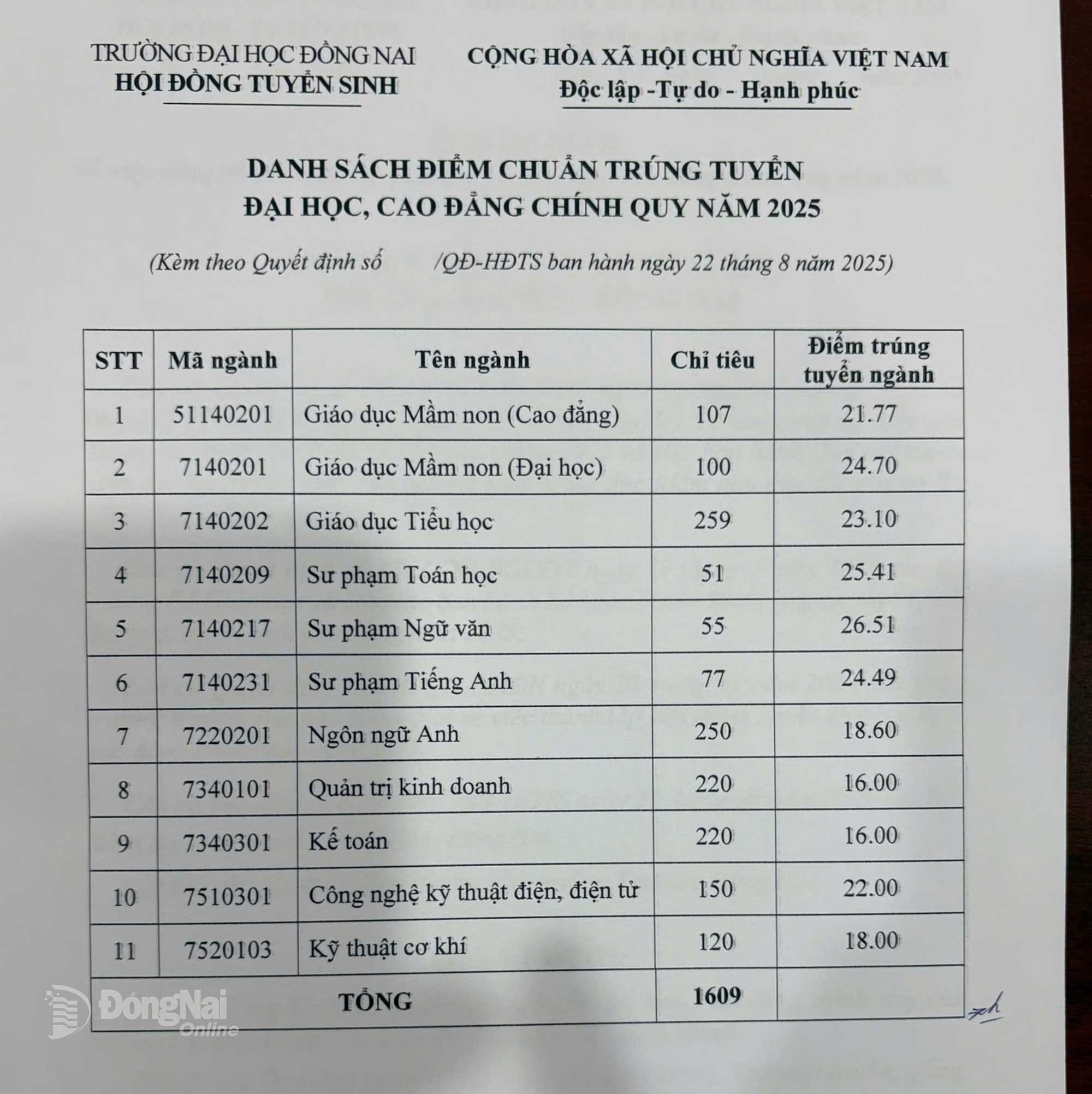
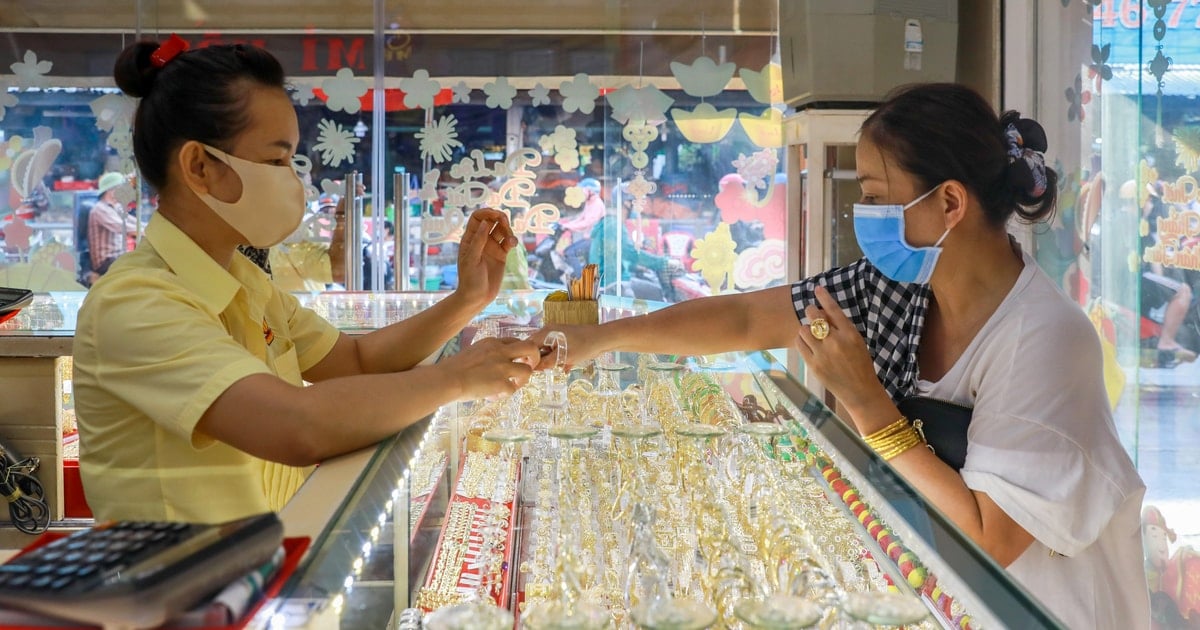








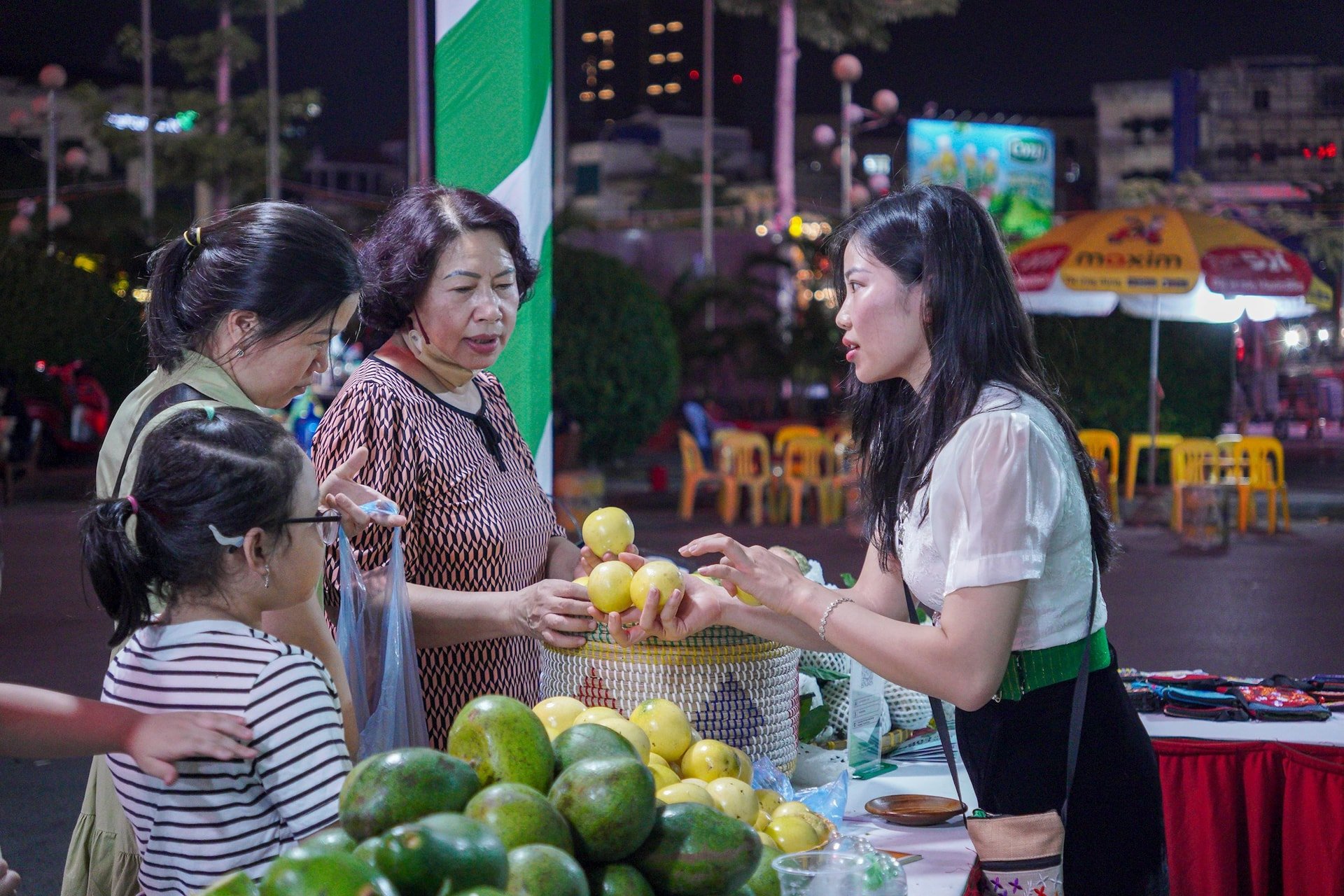






Comment (0)